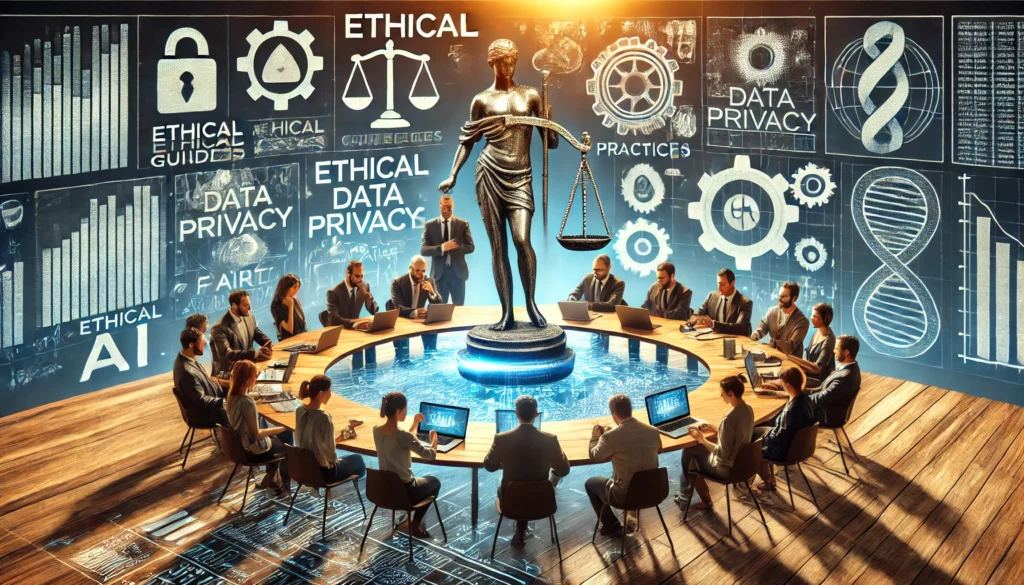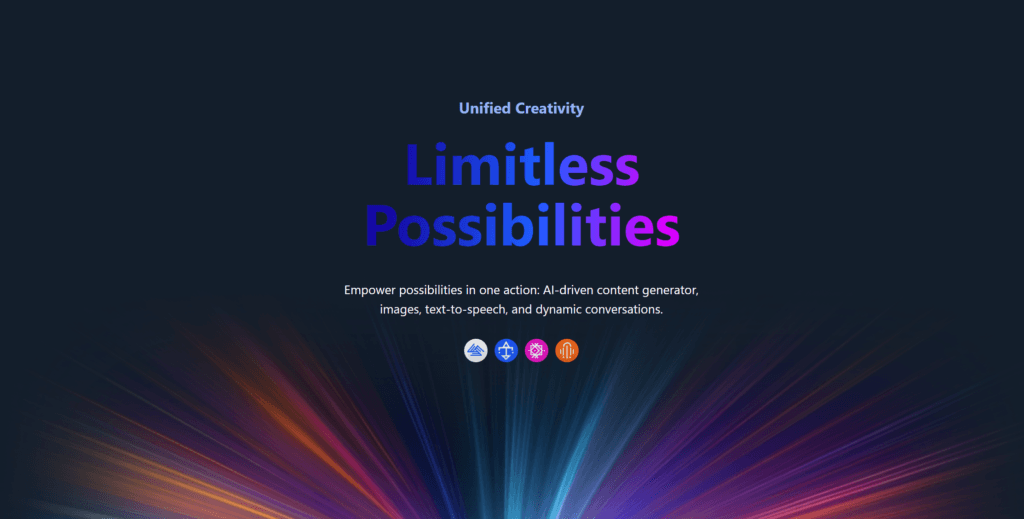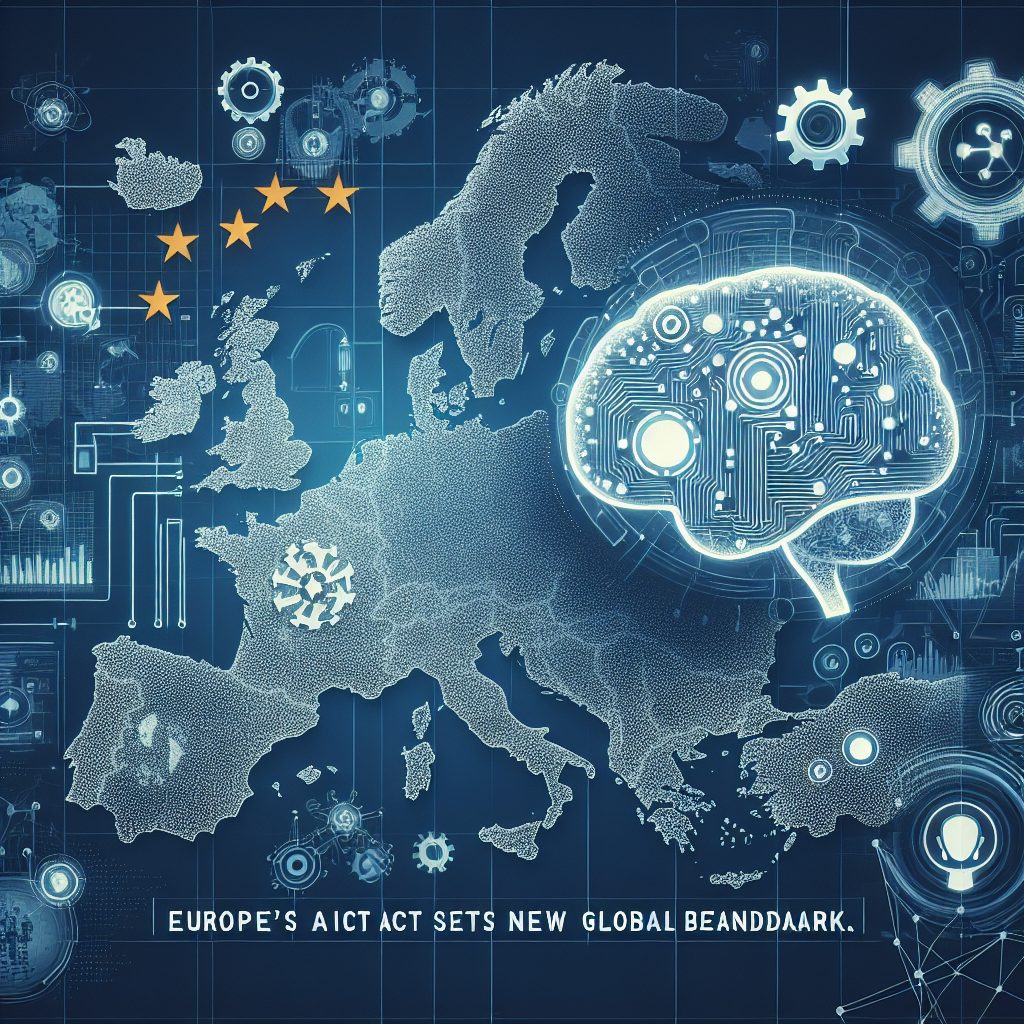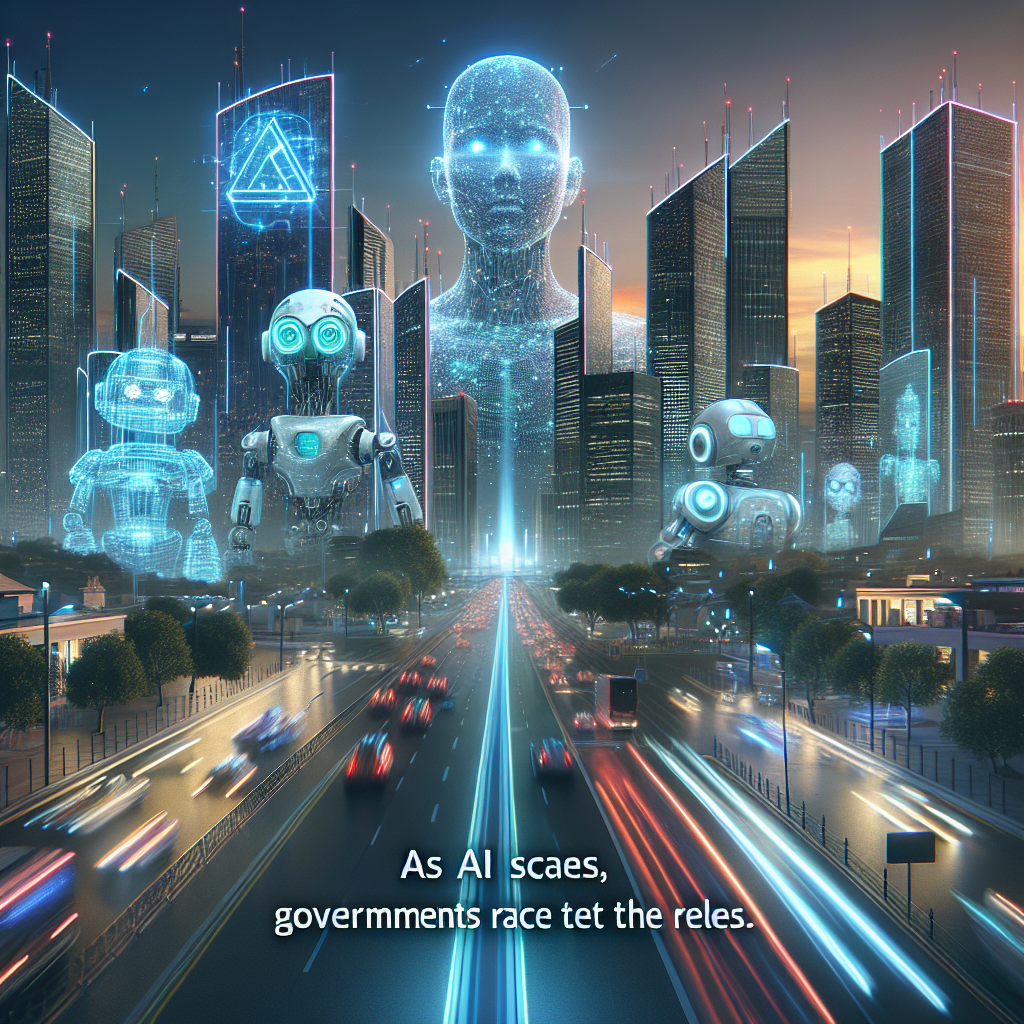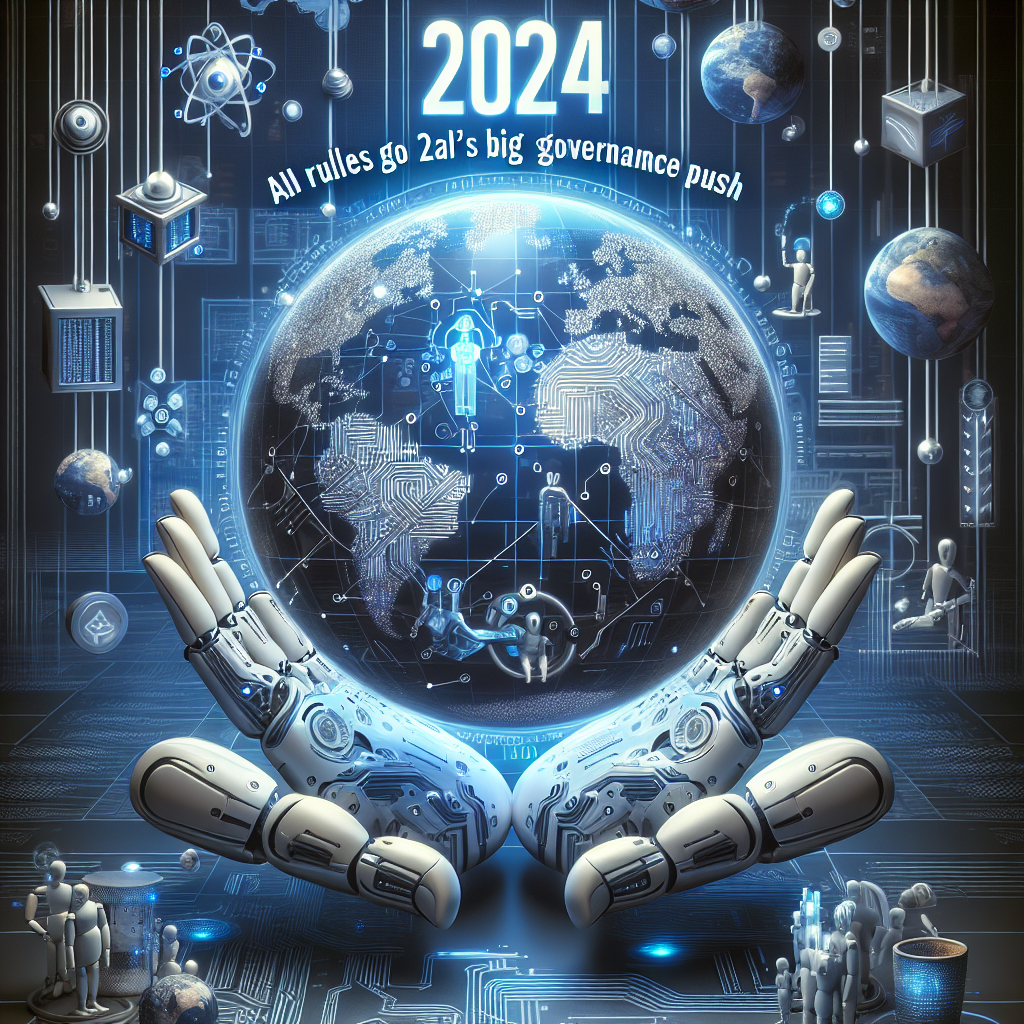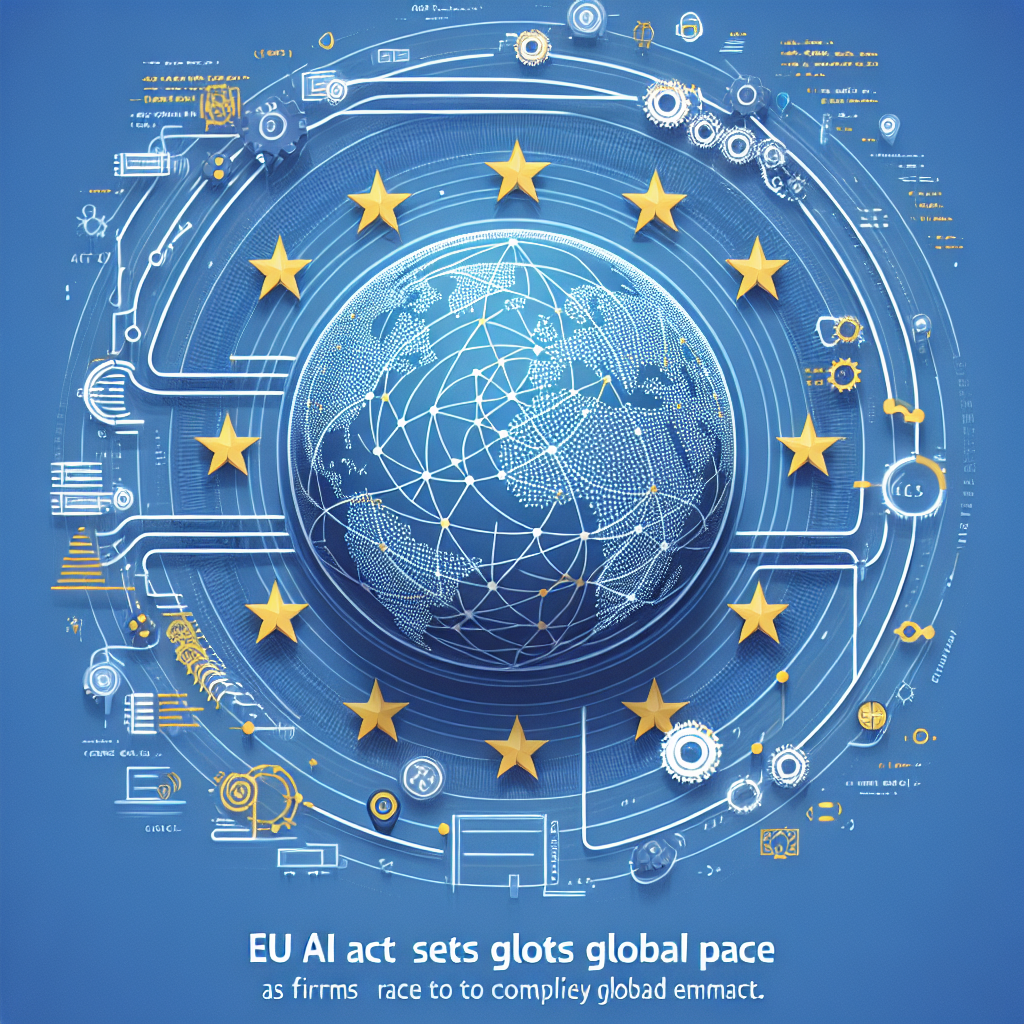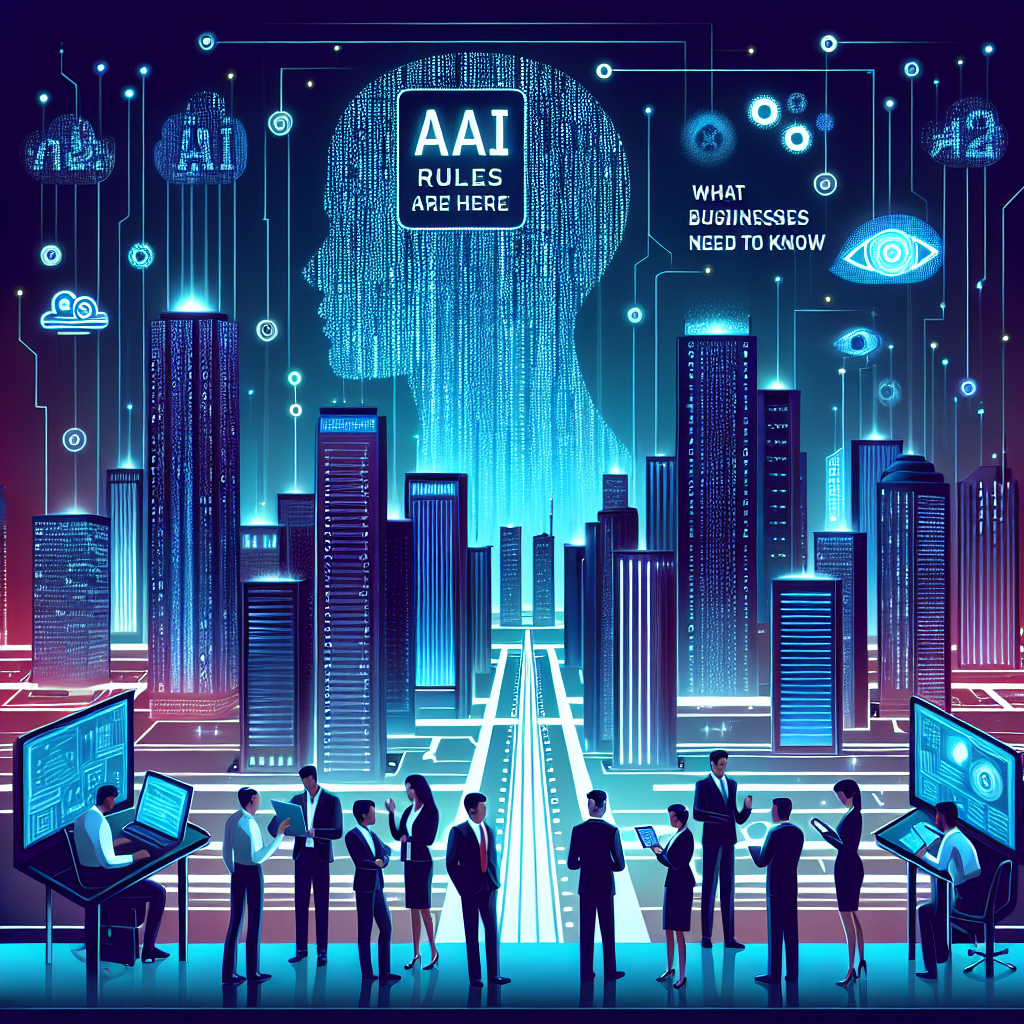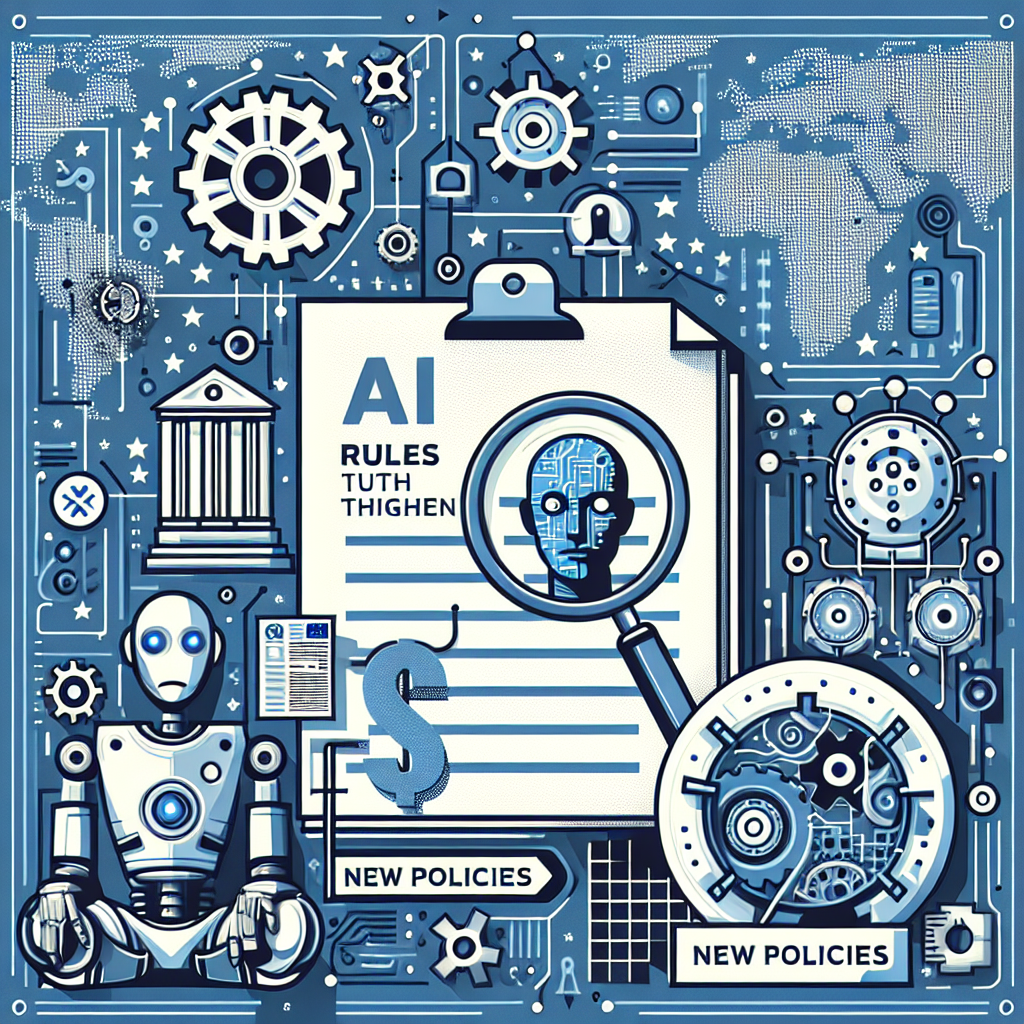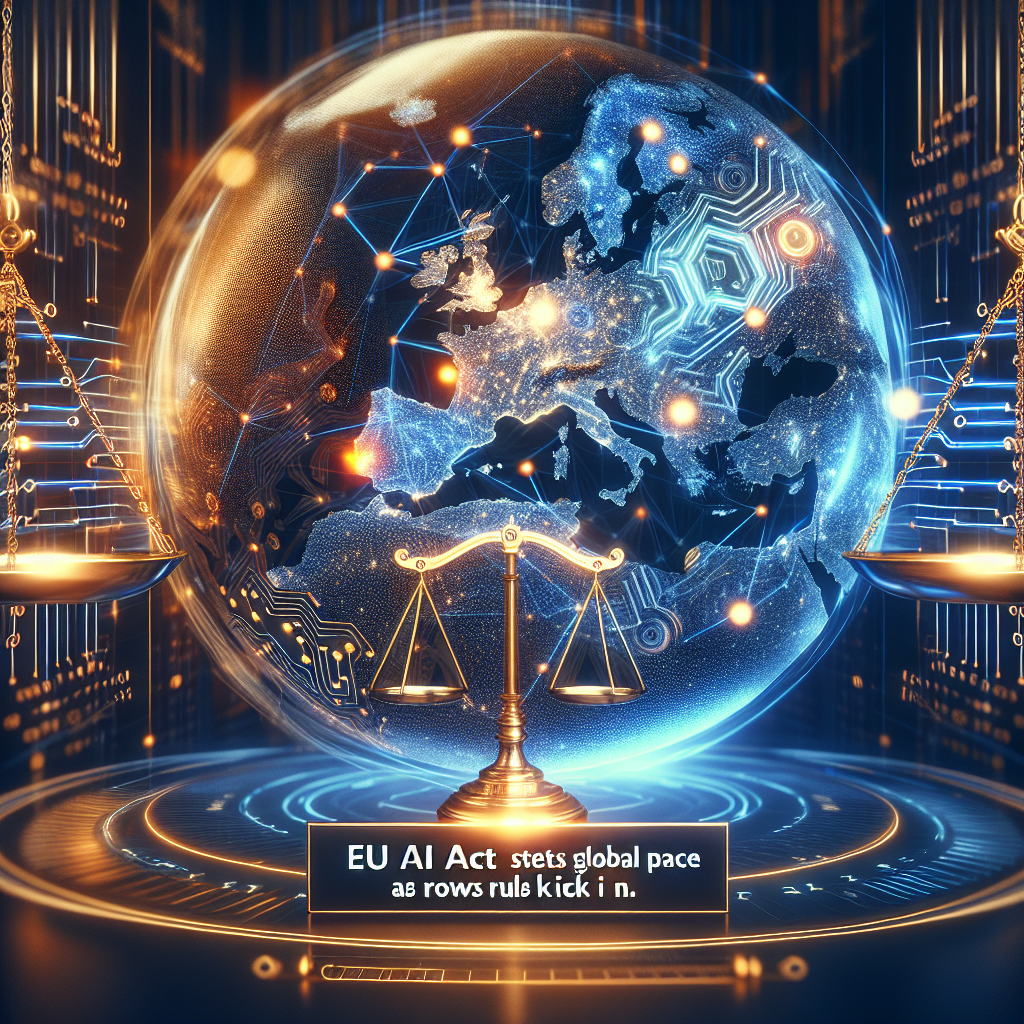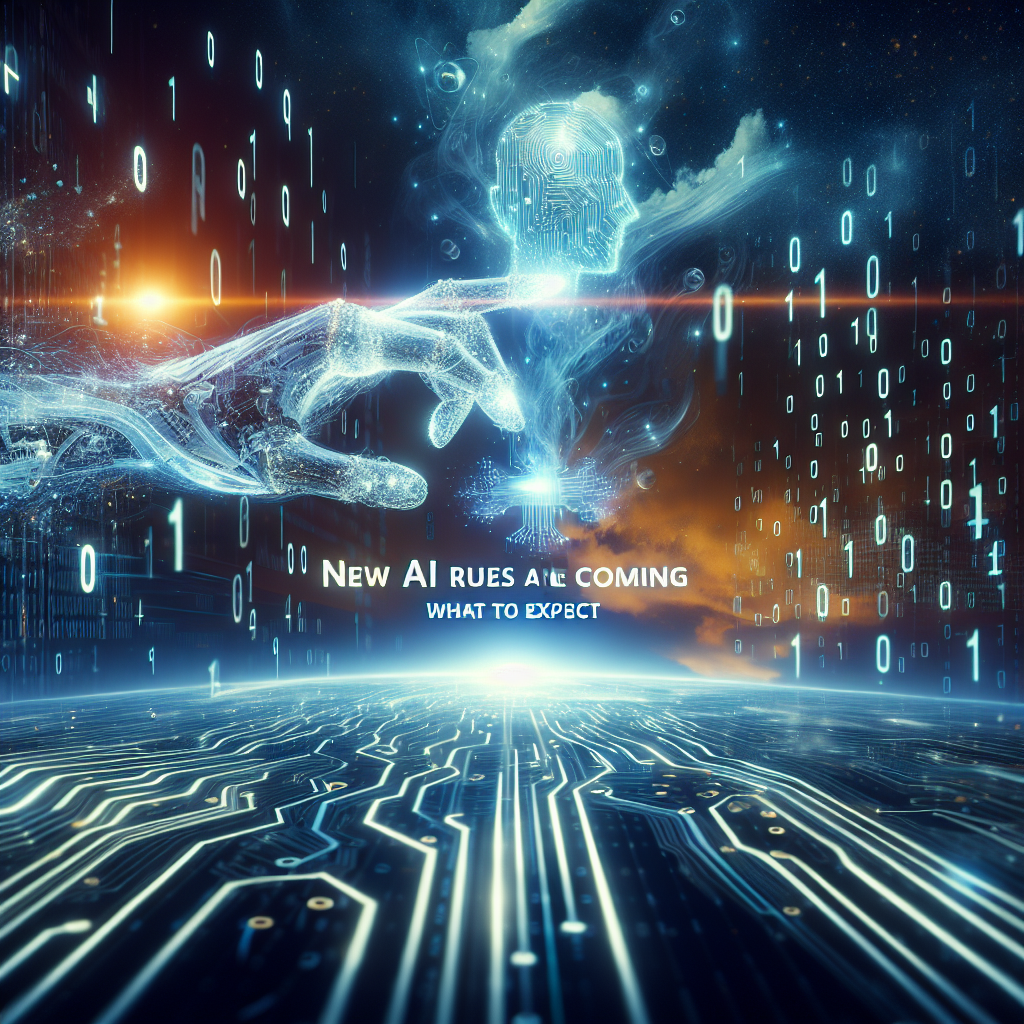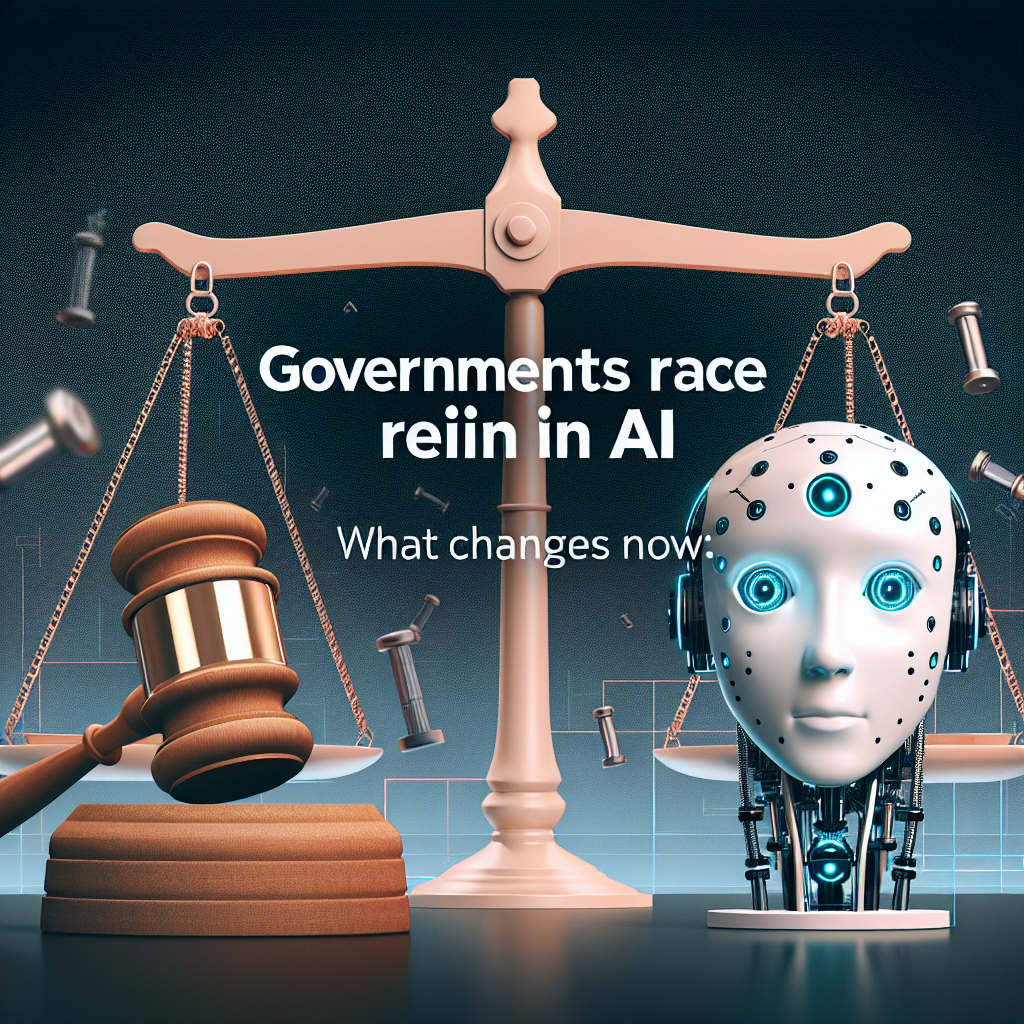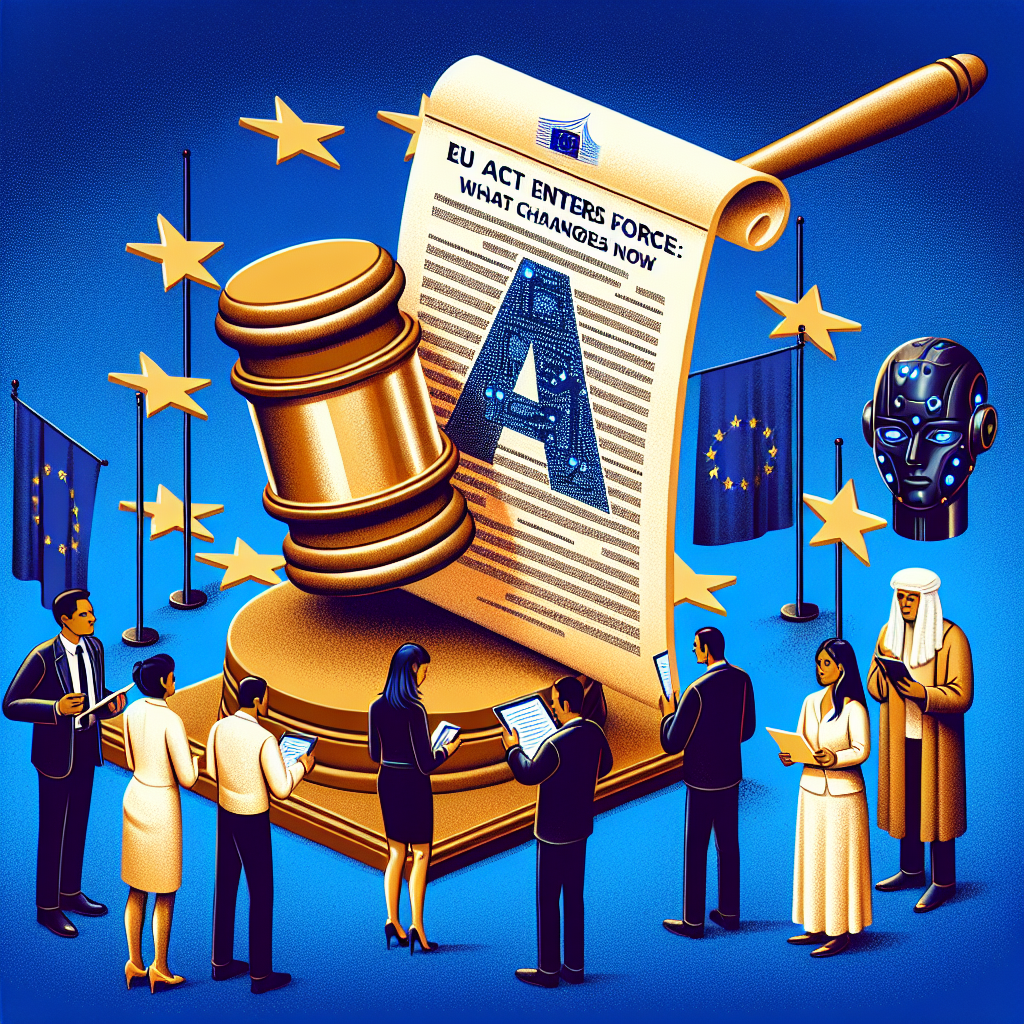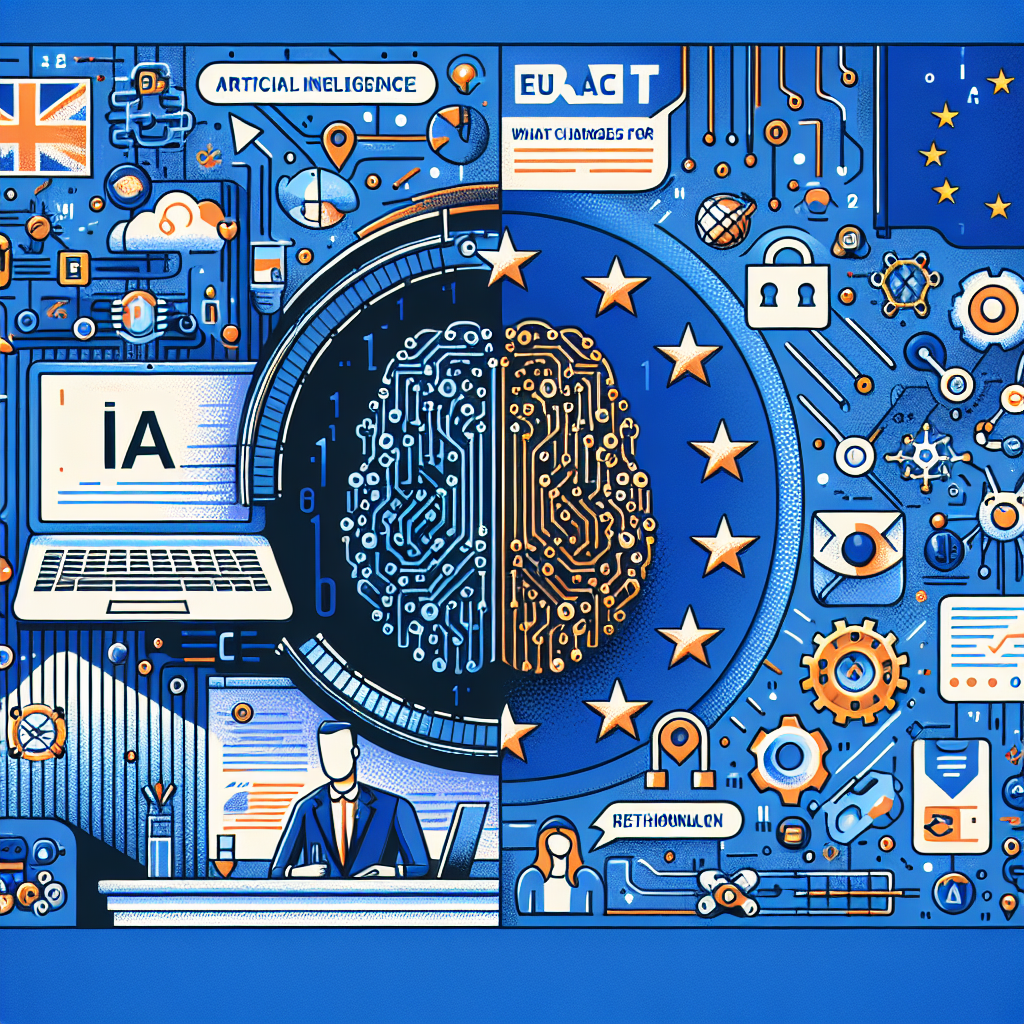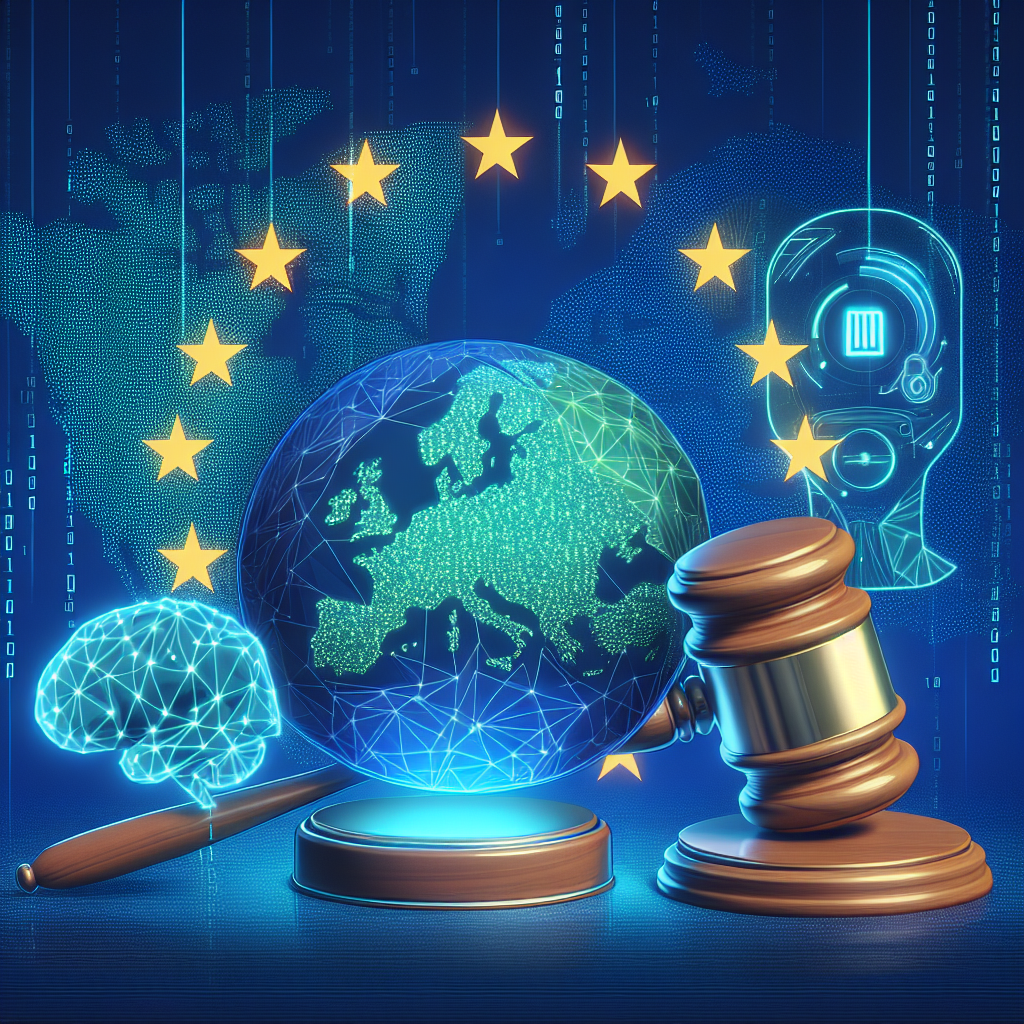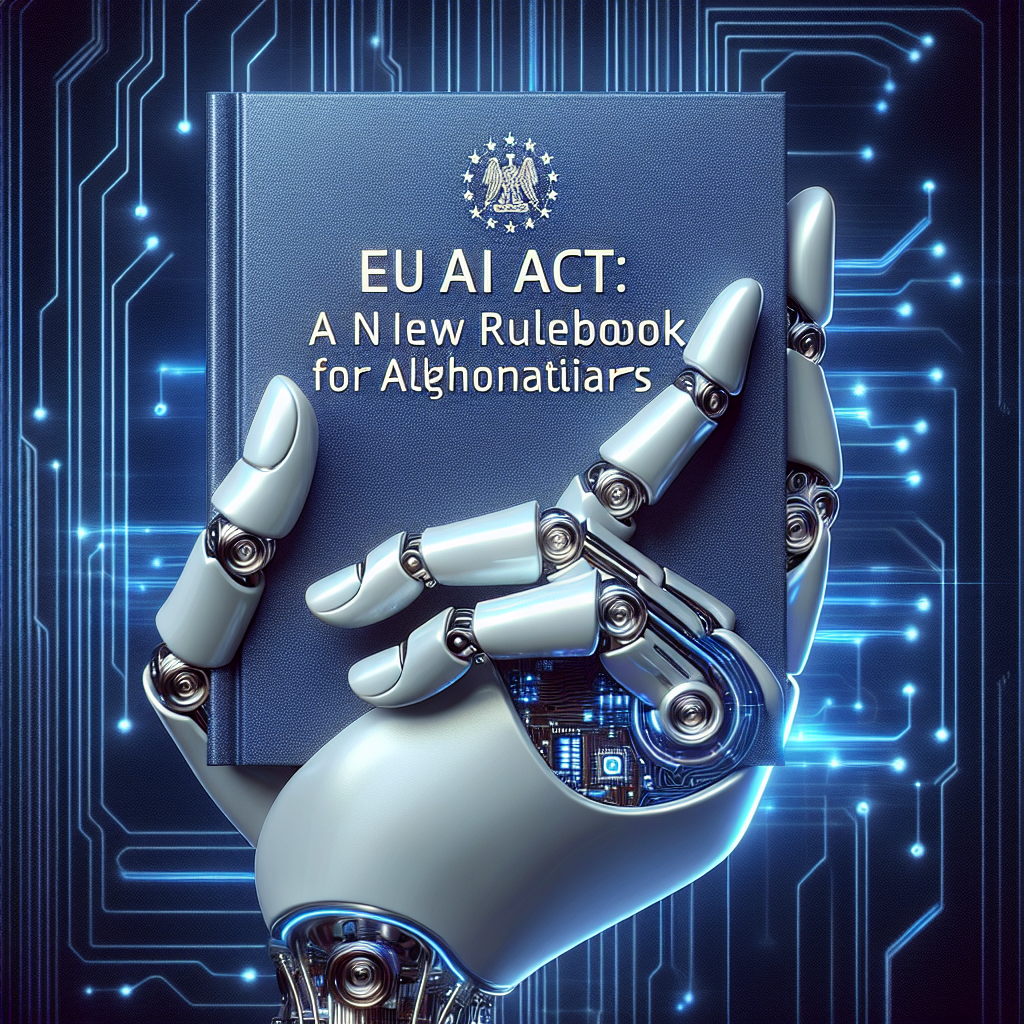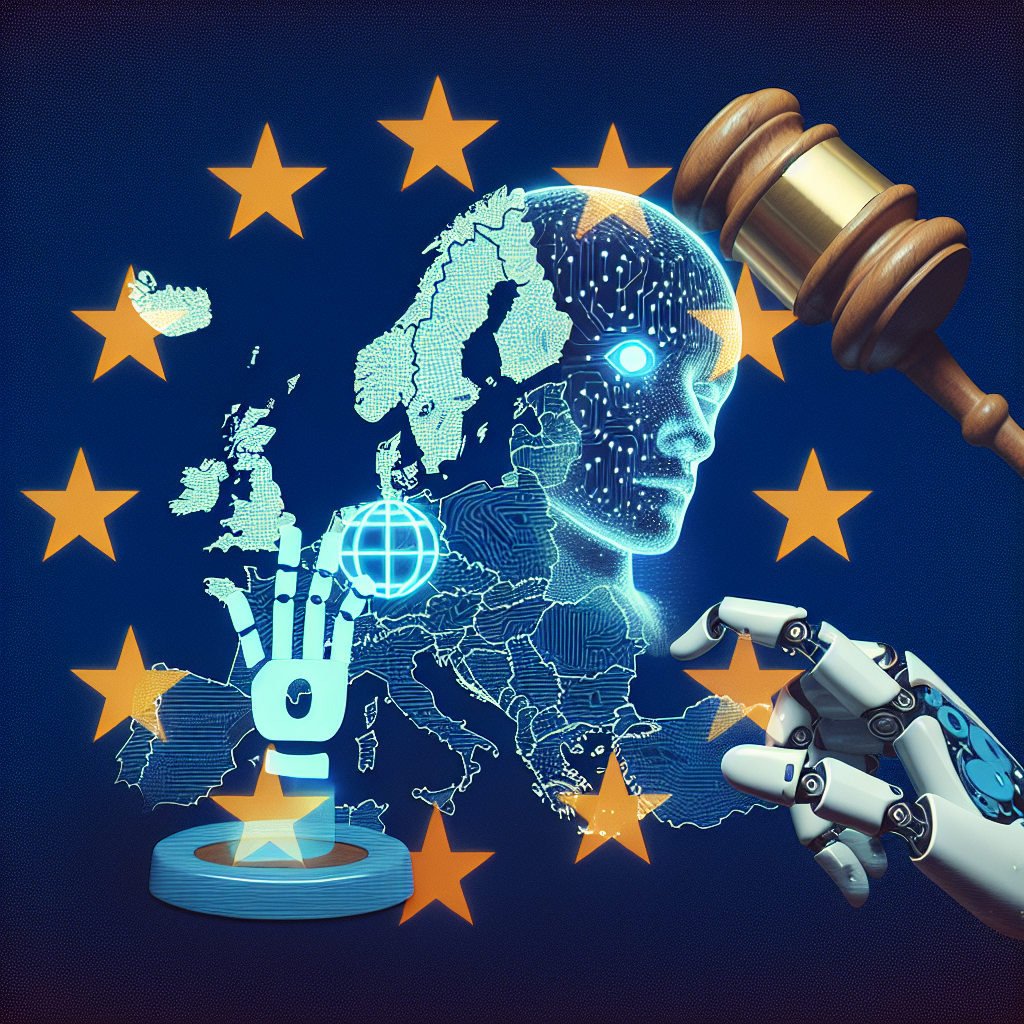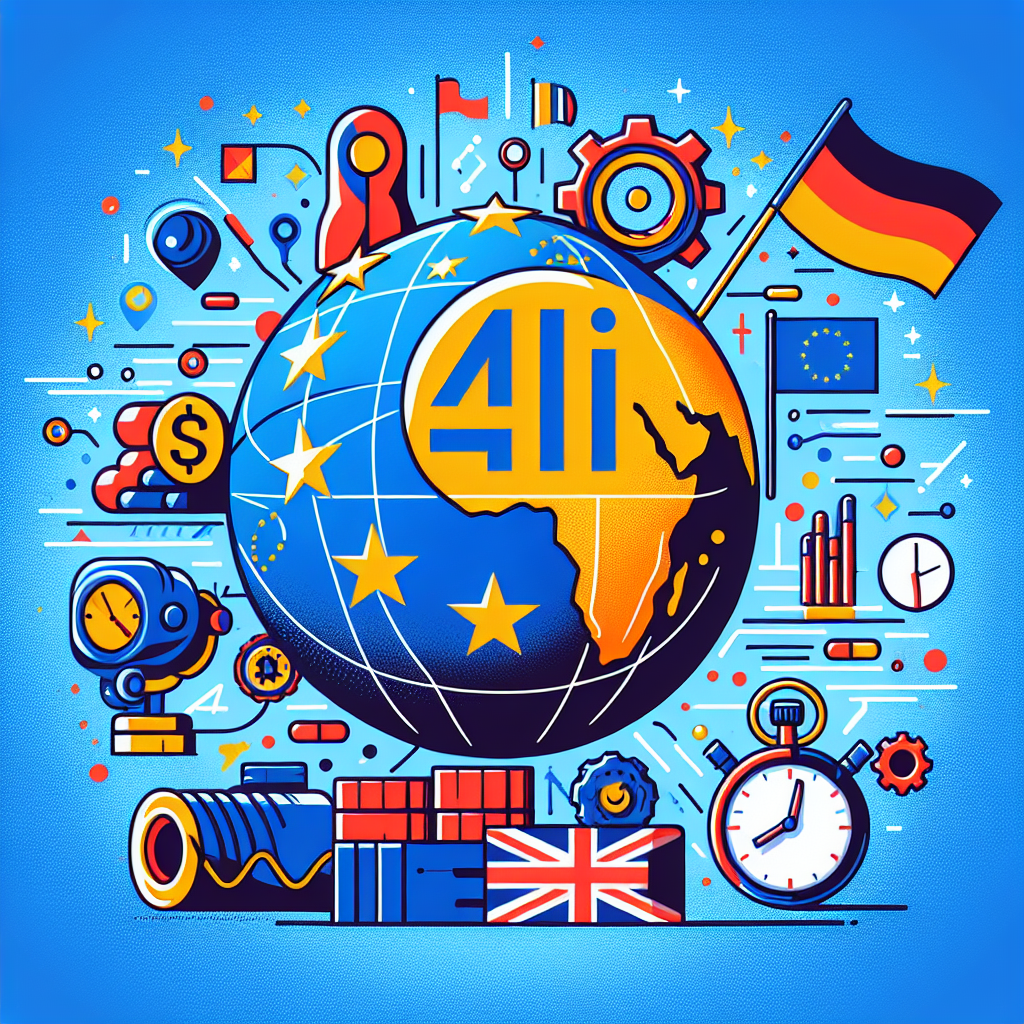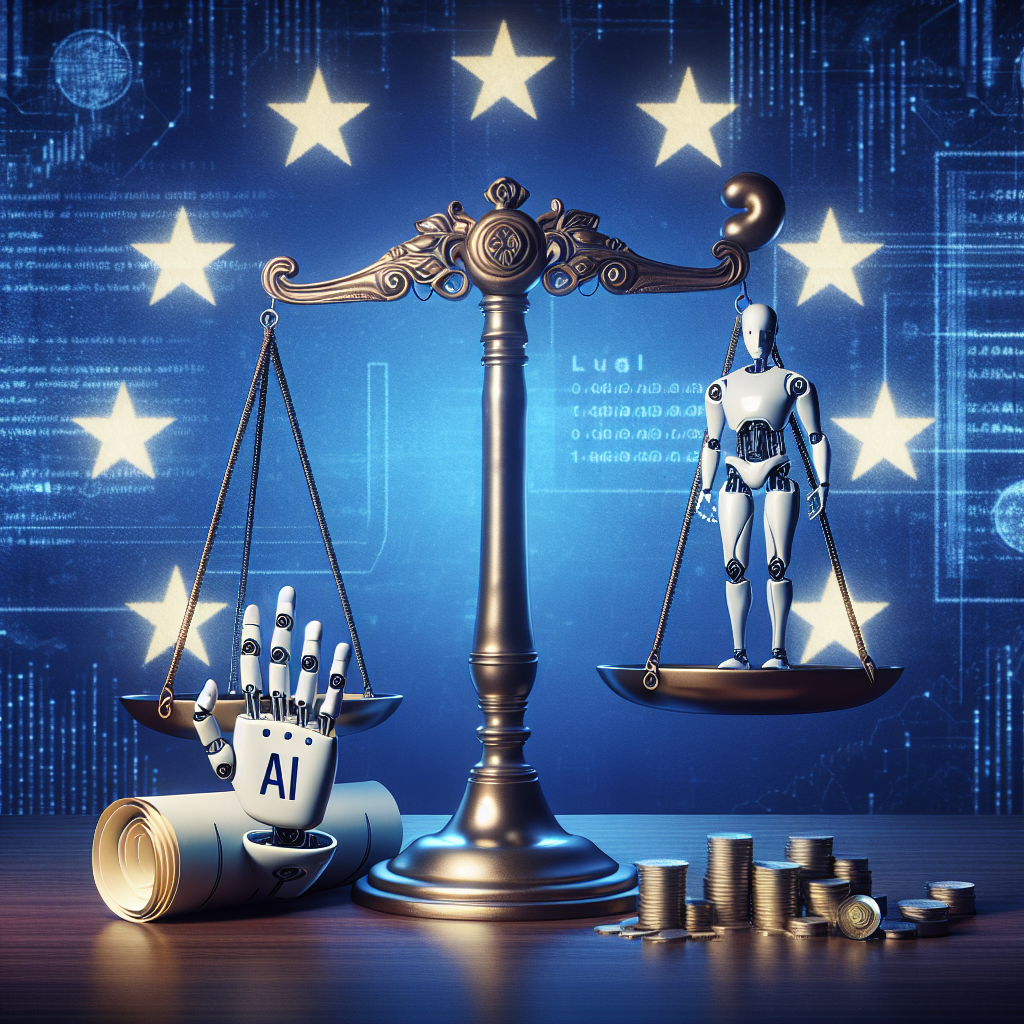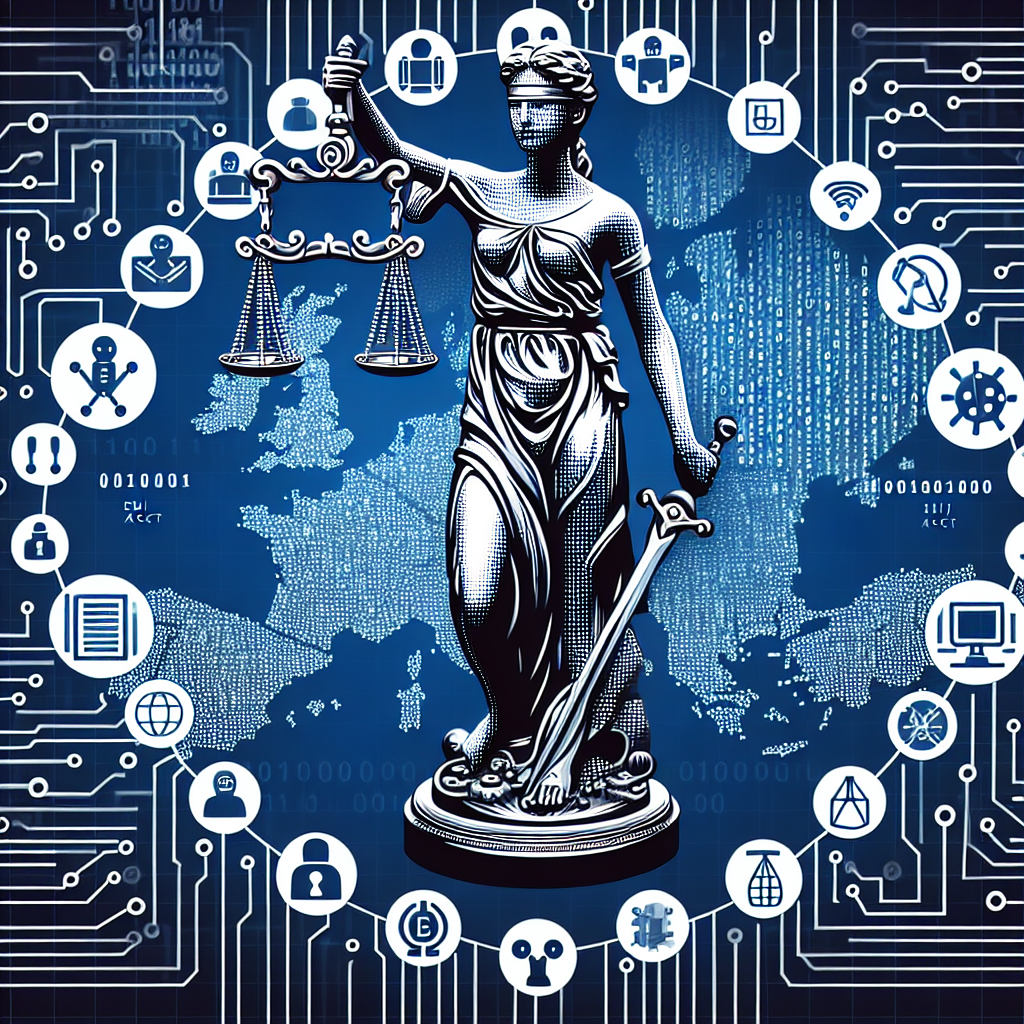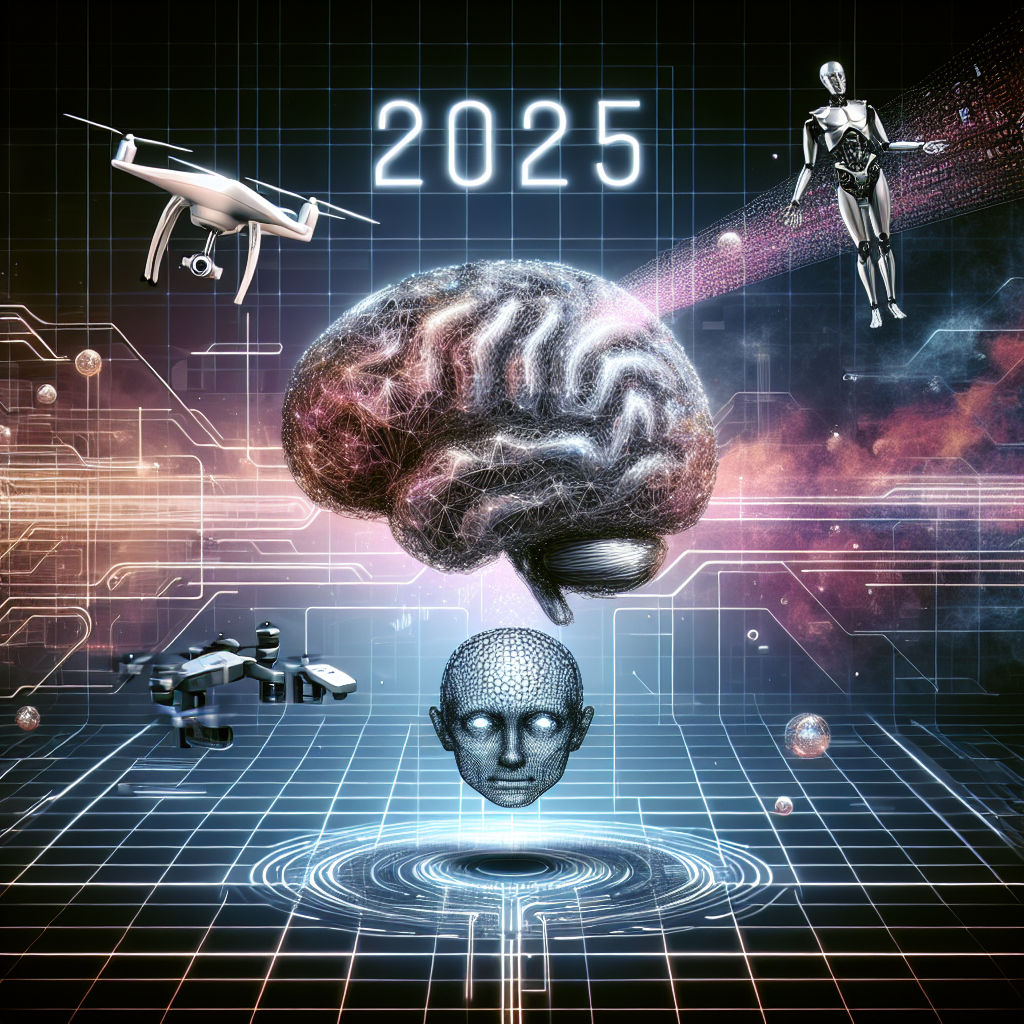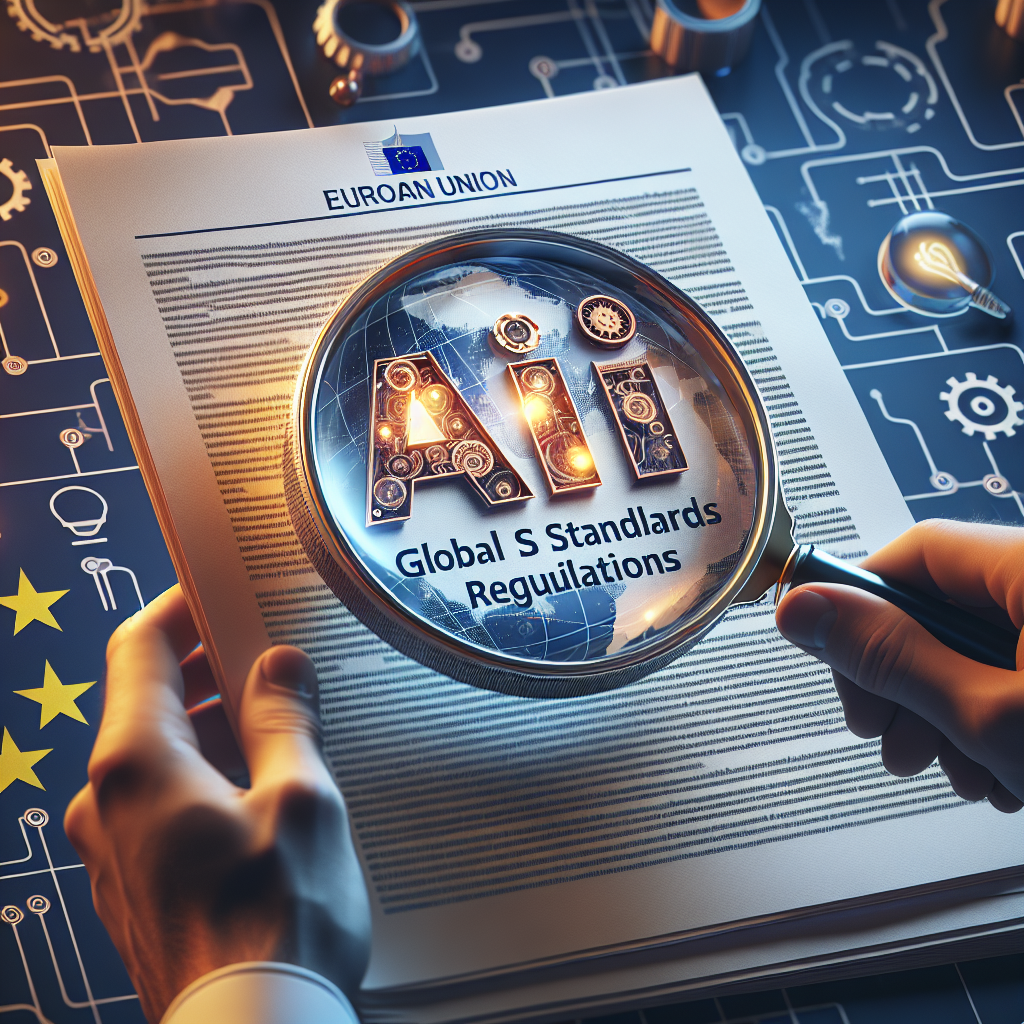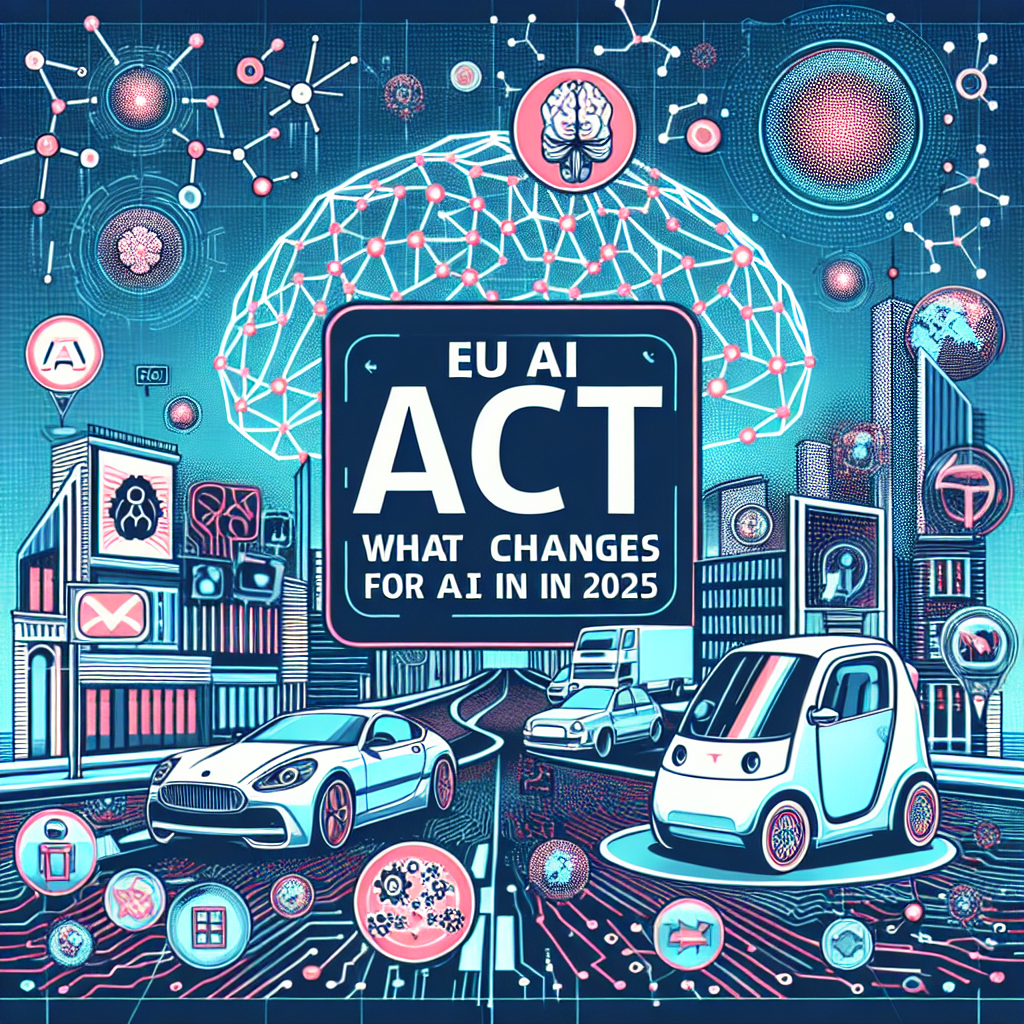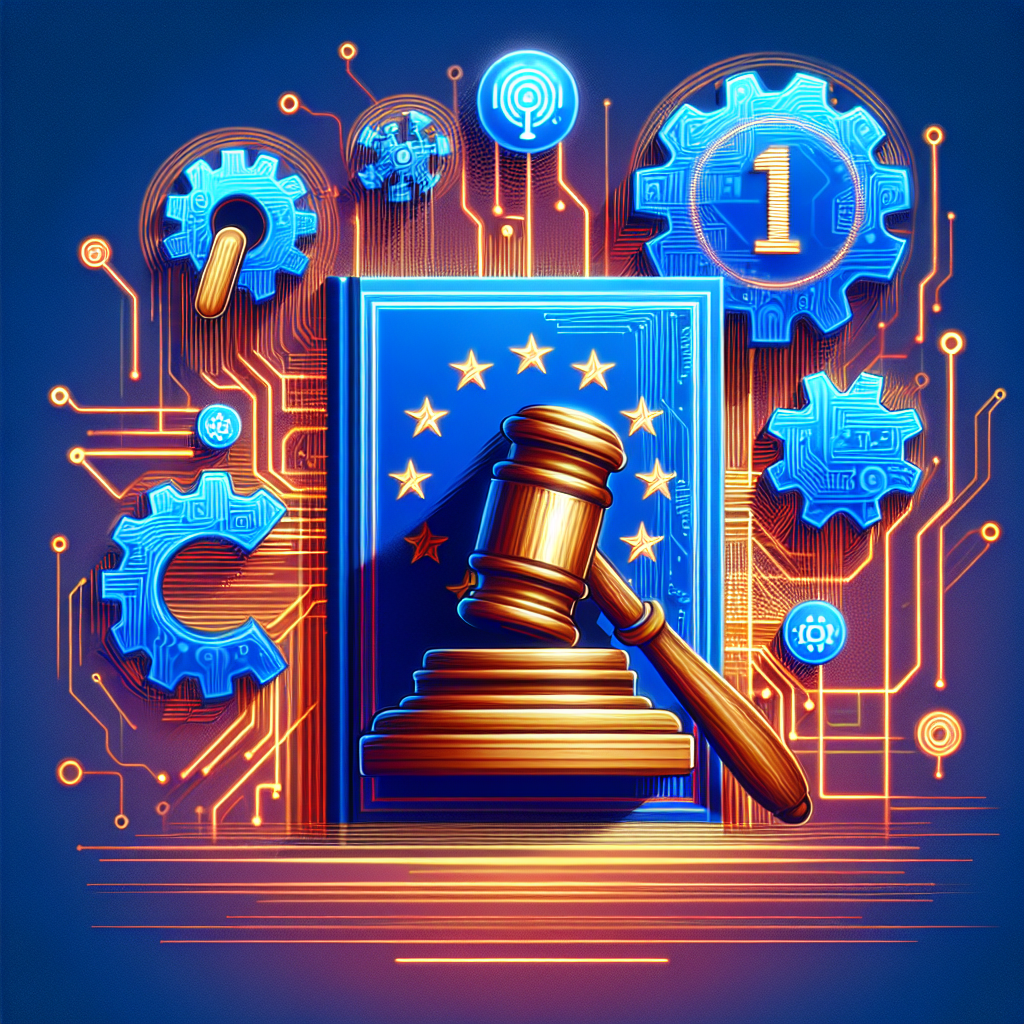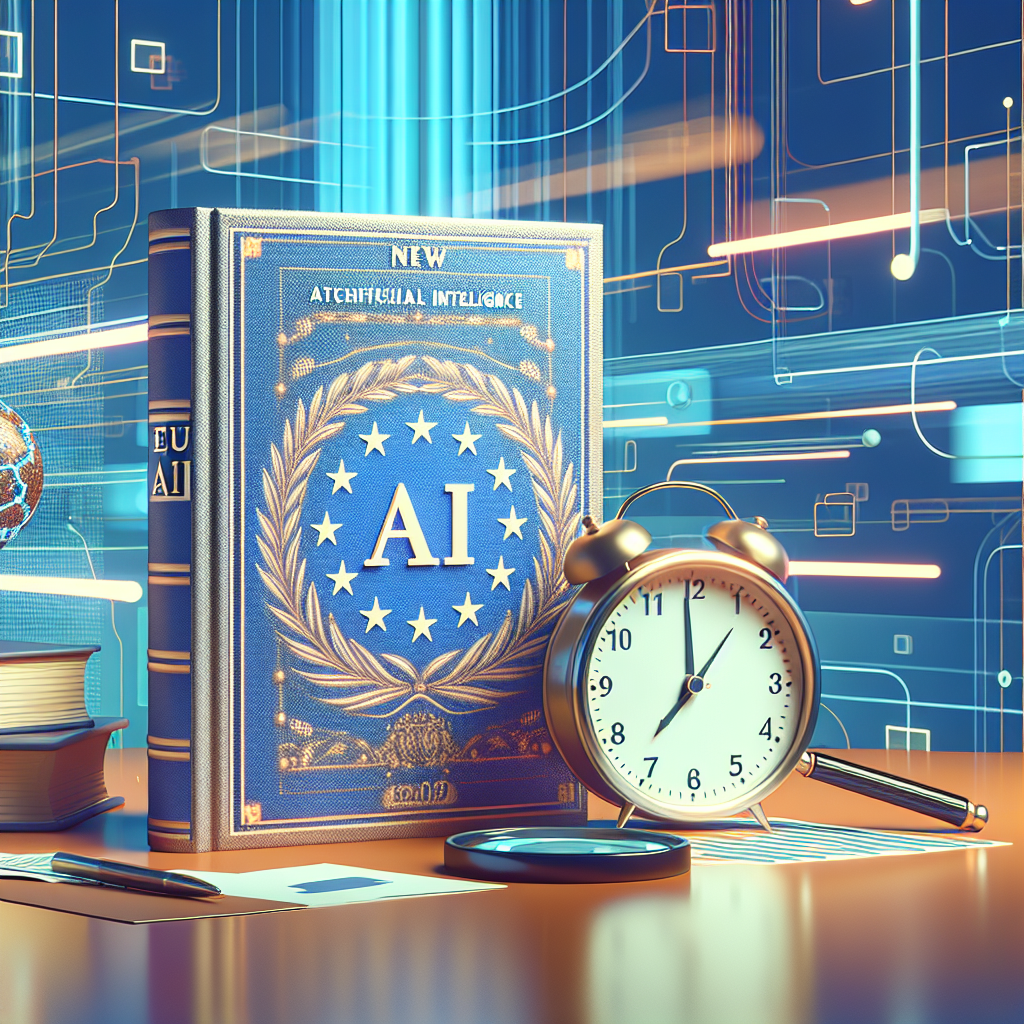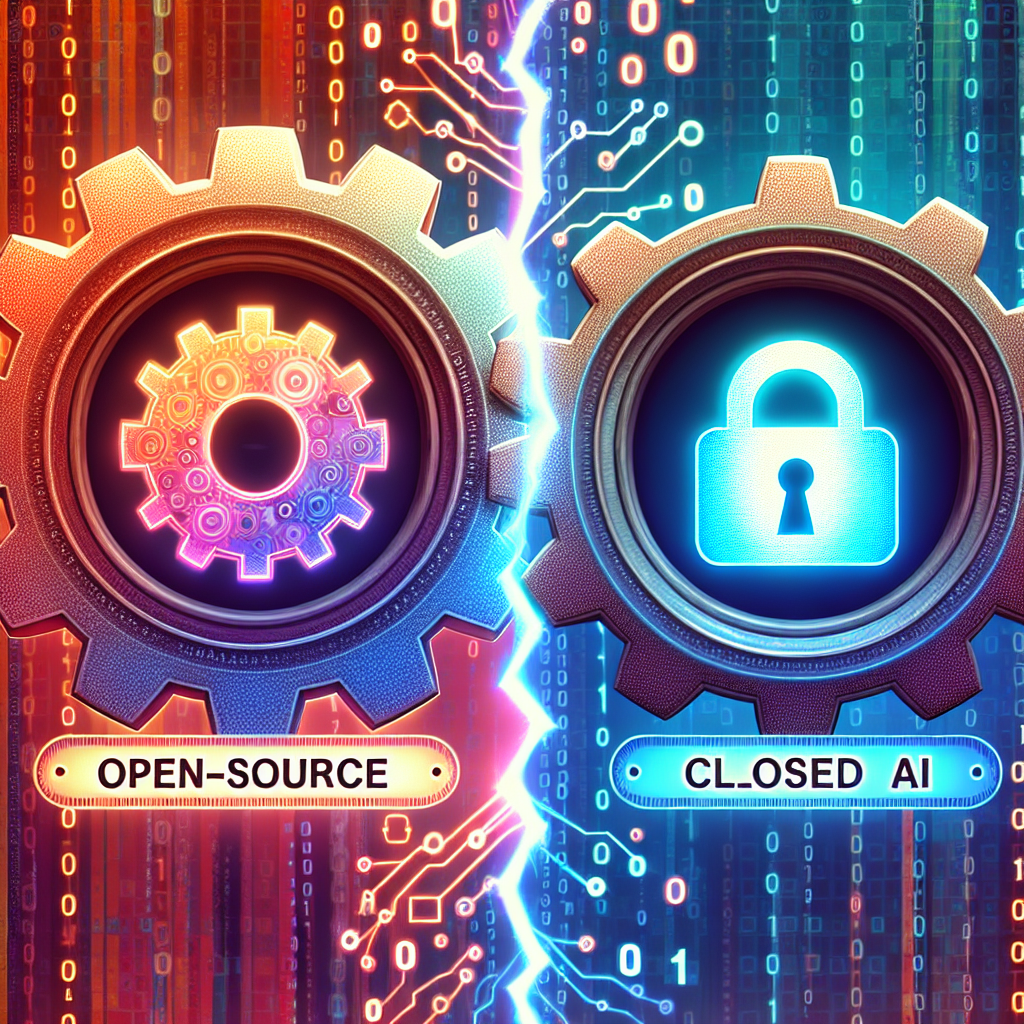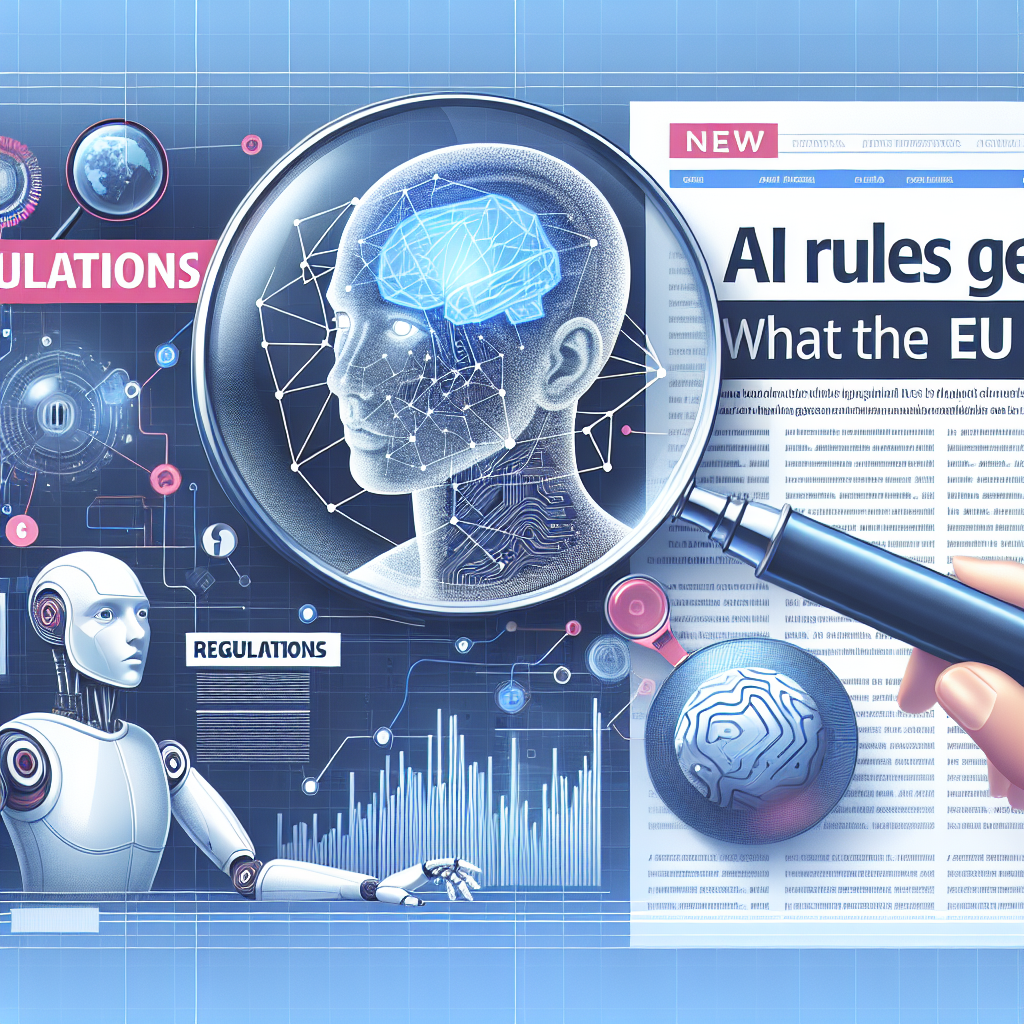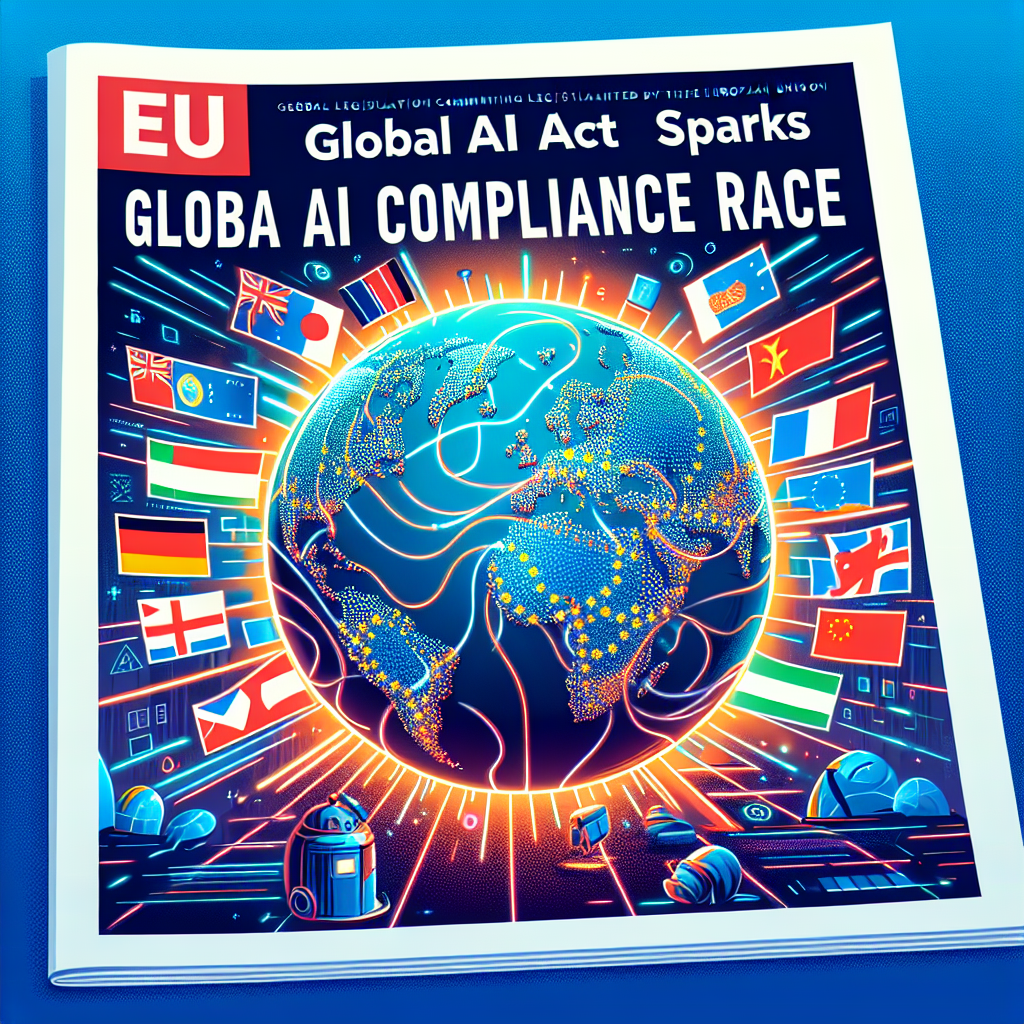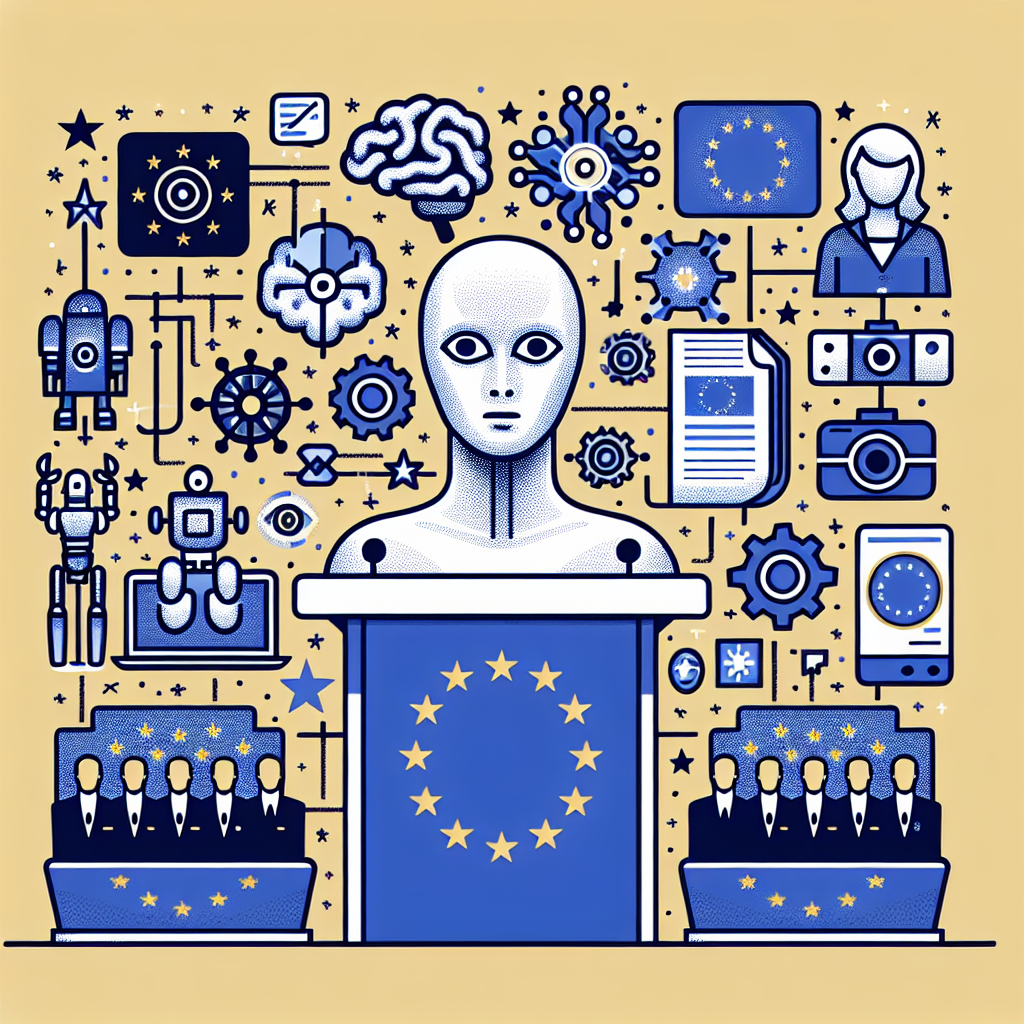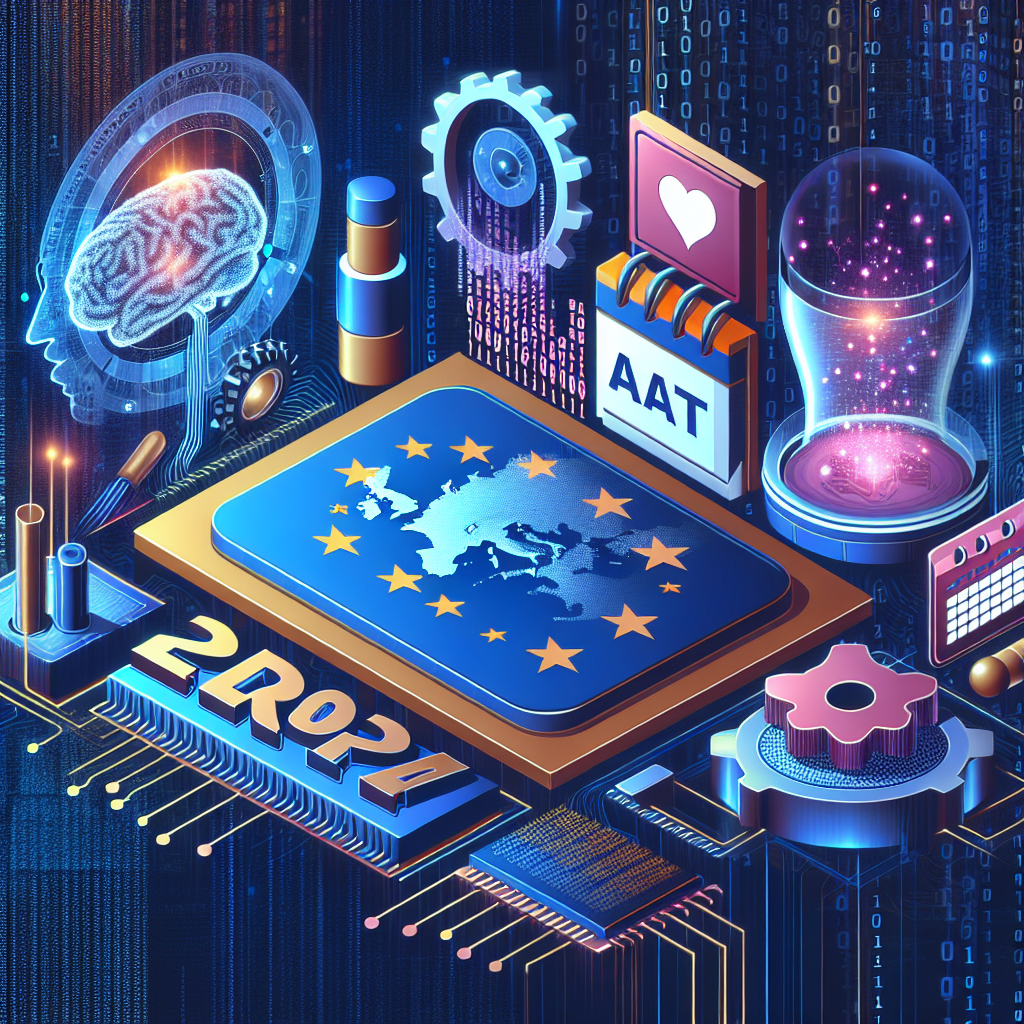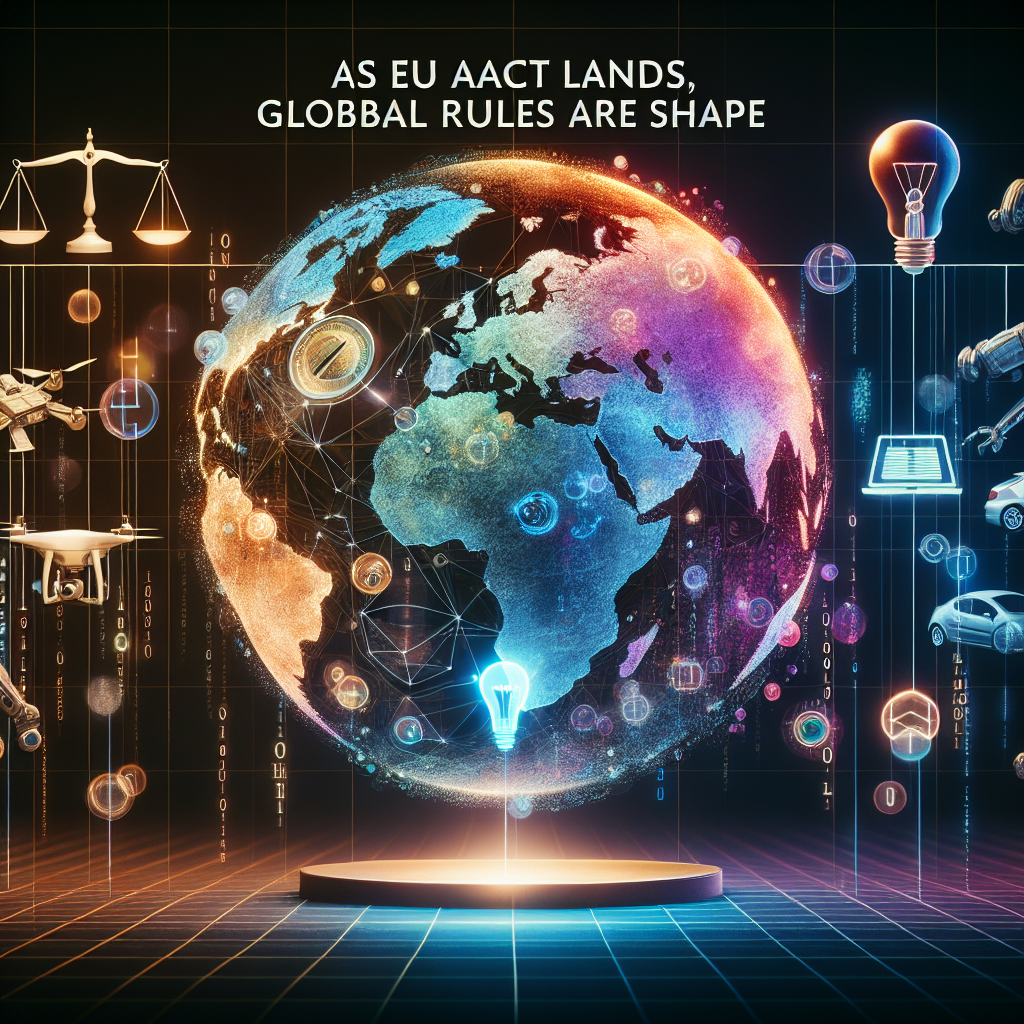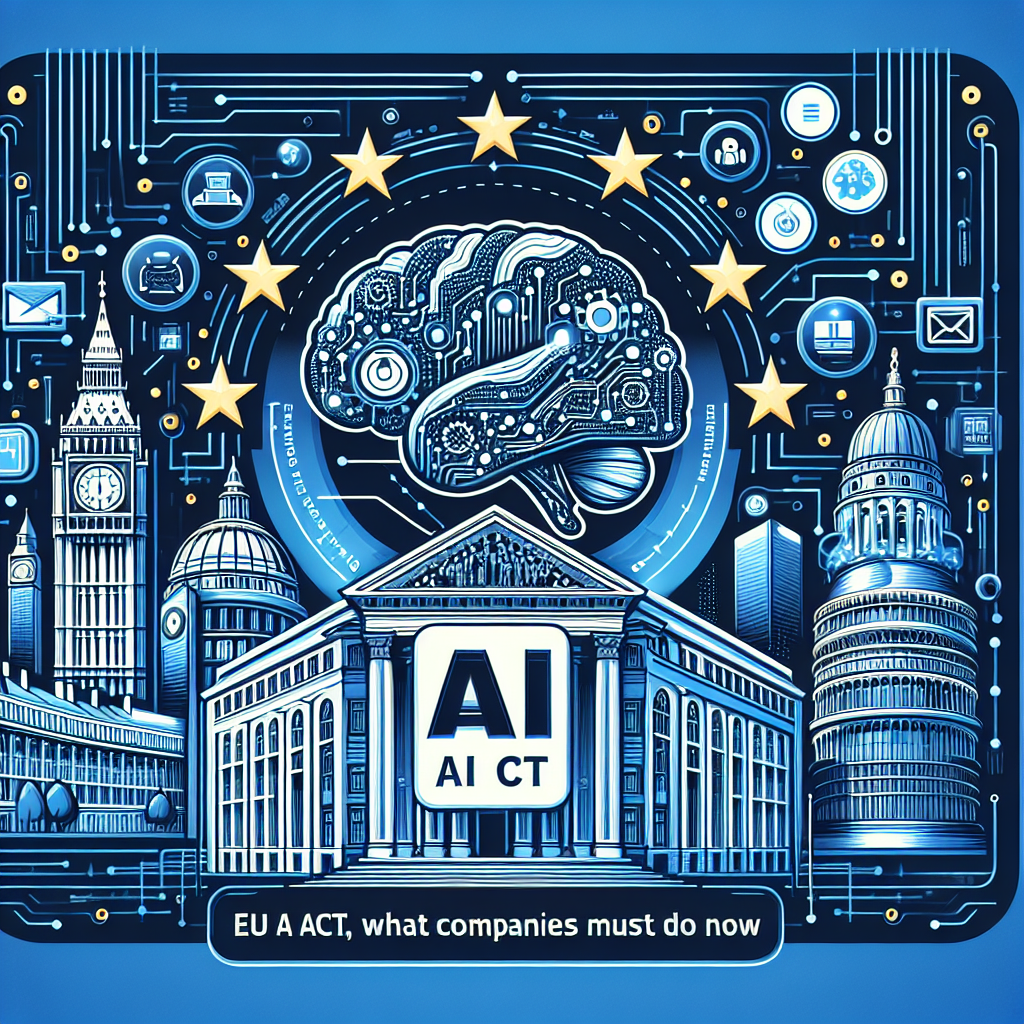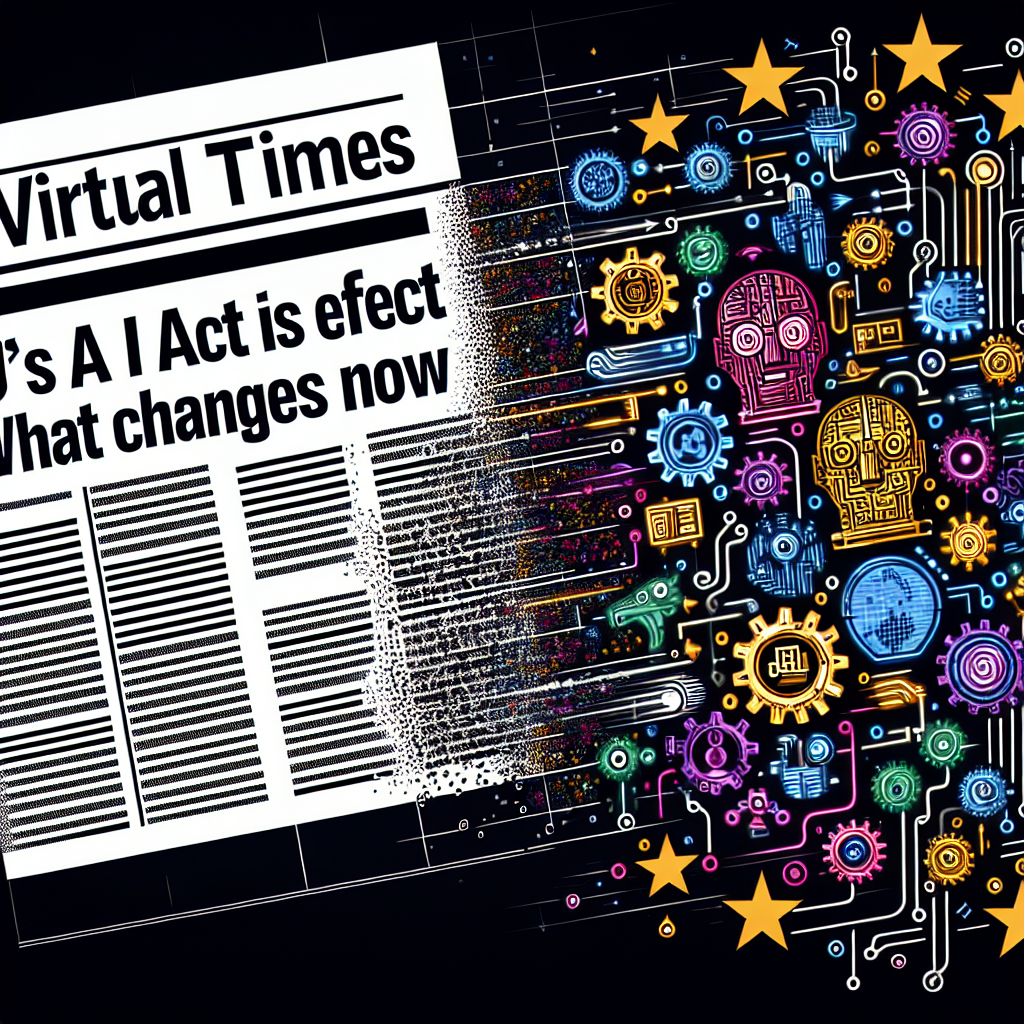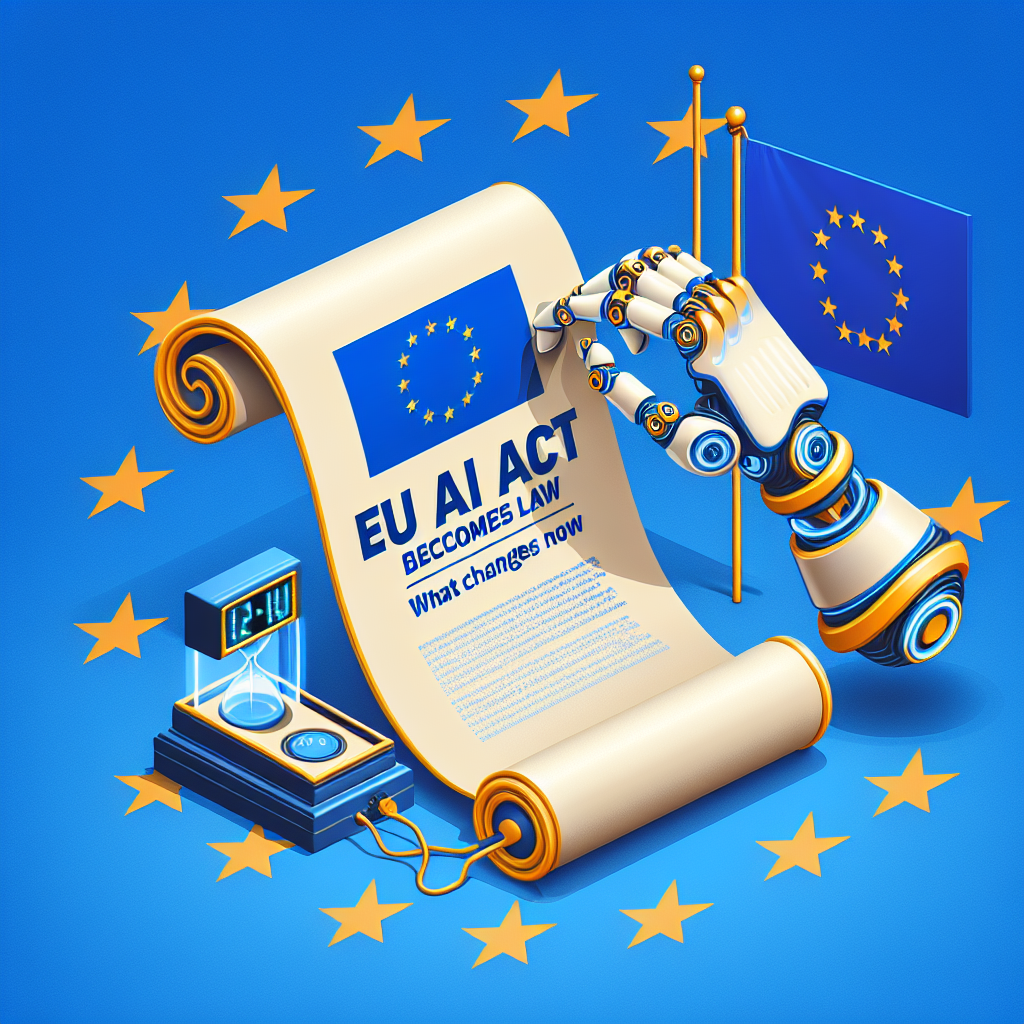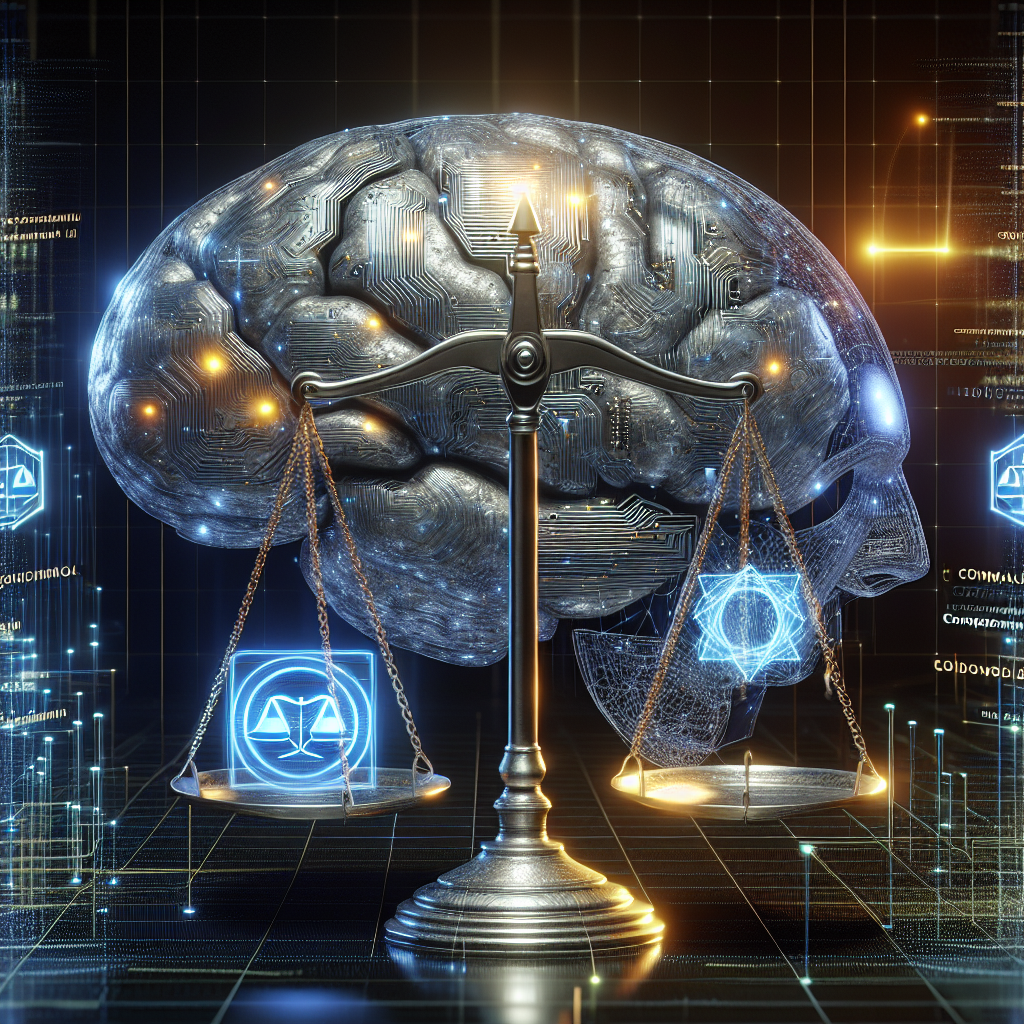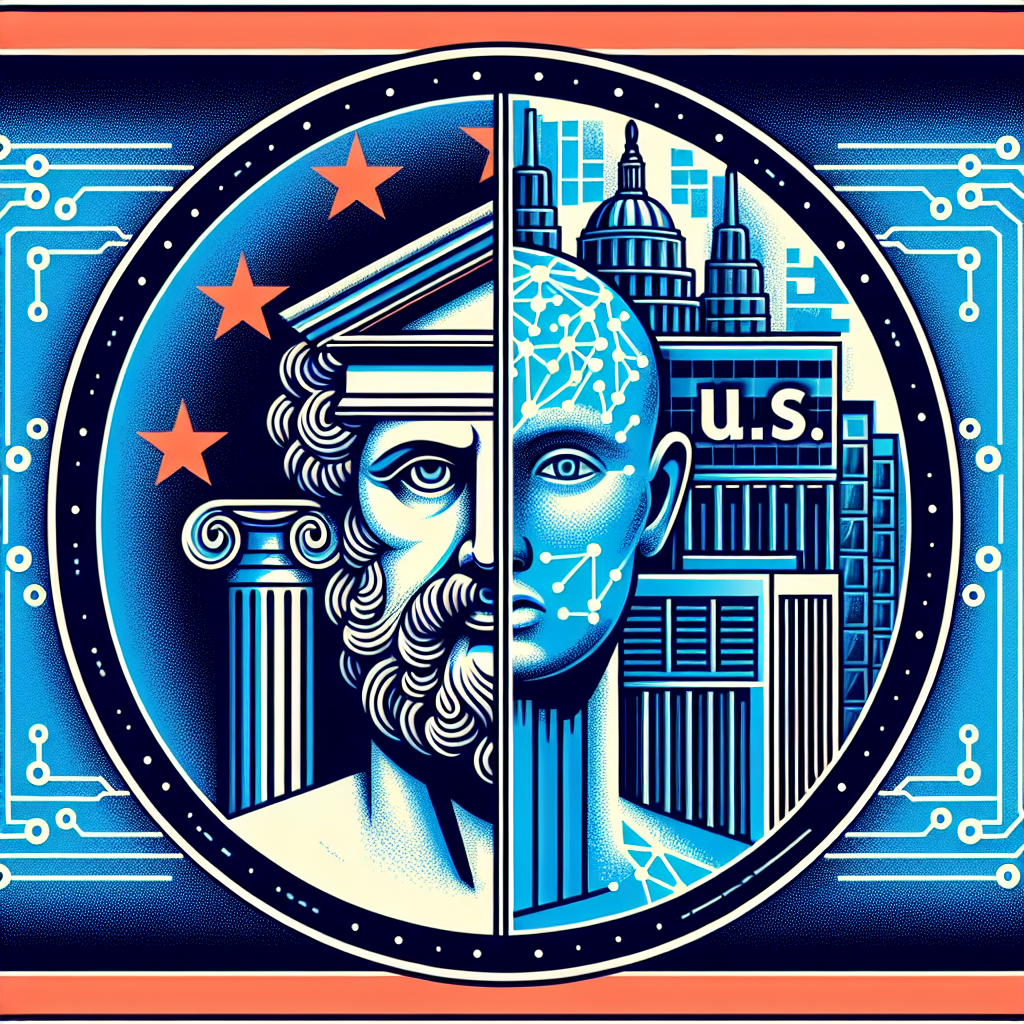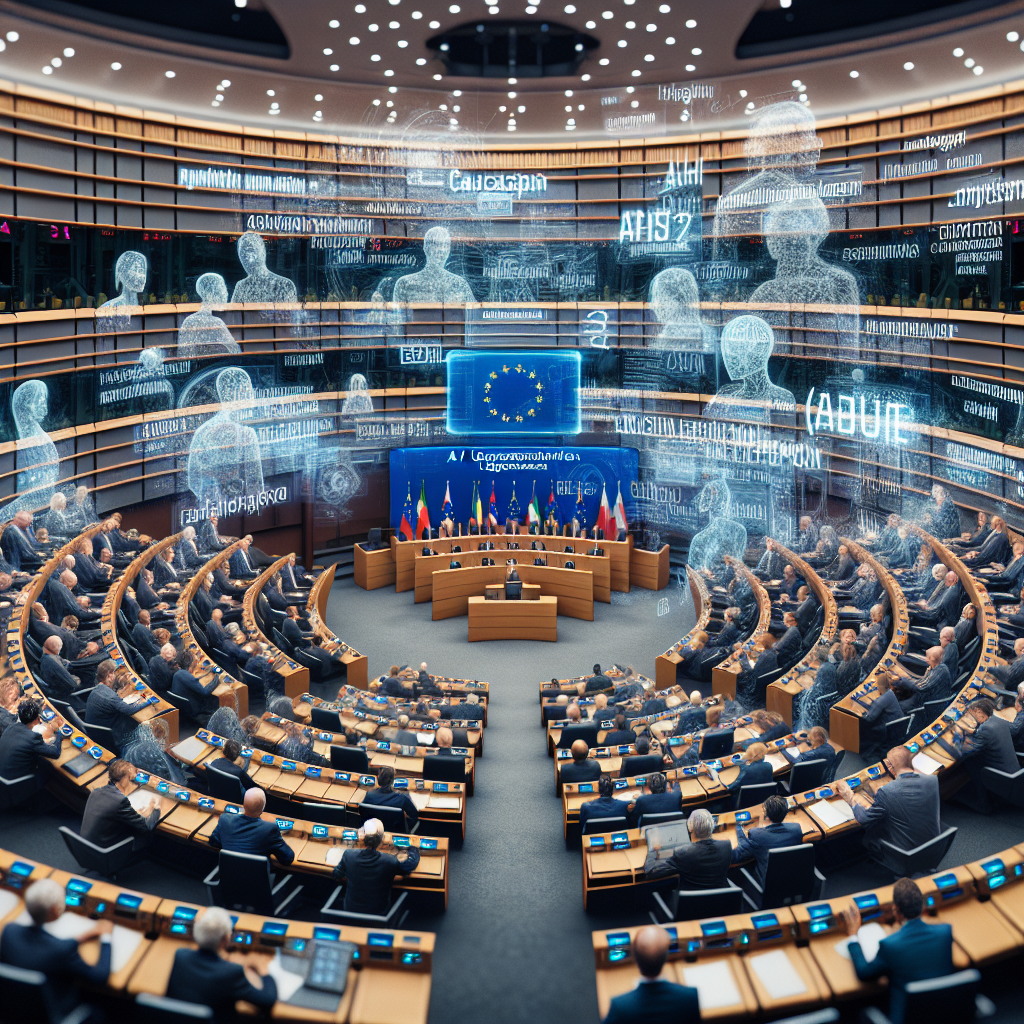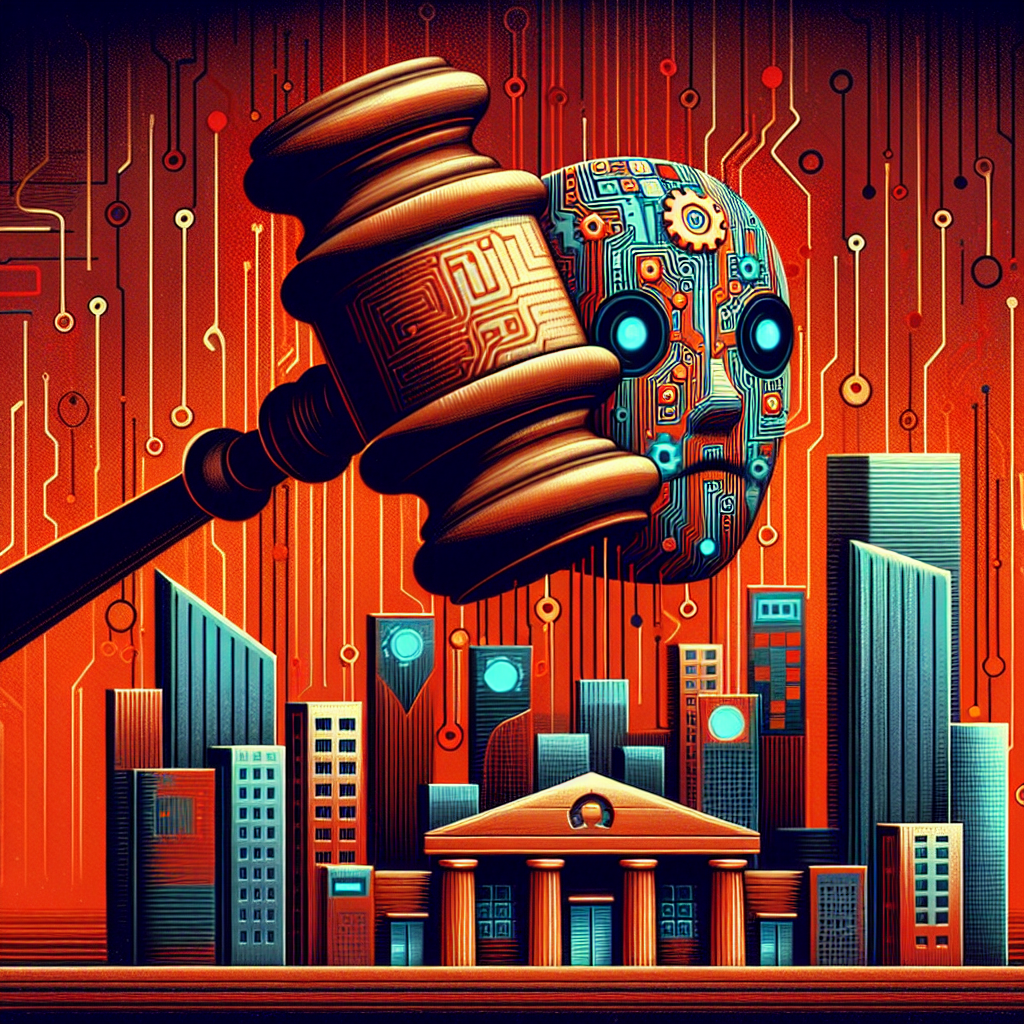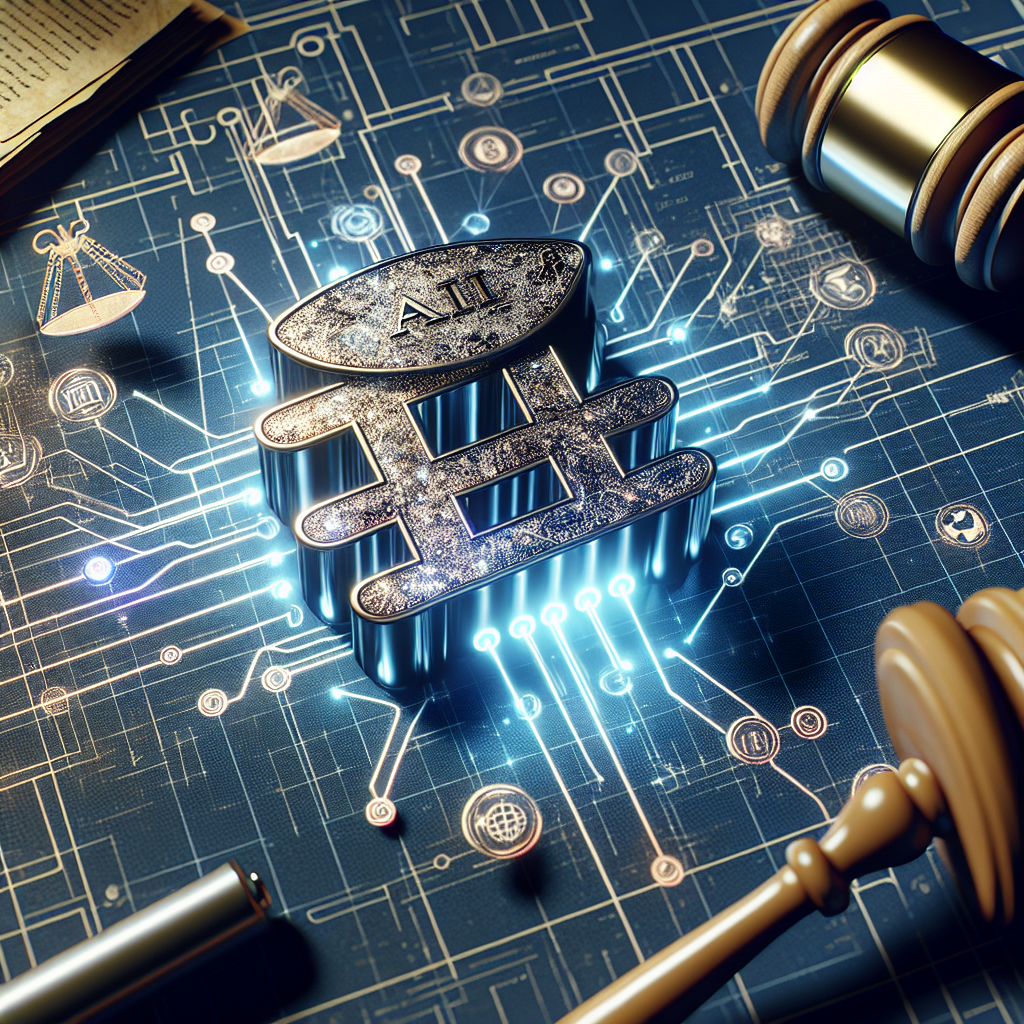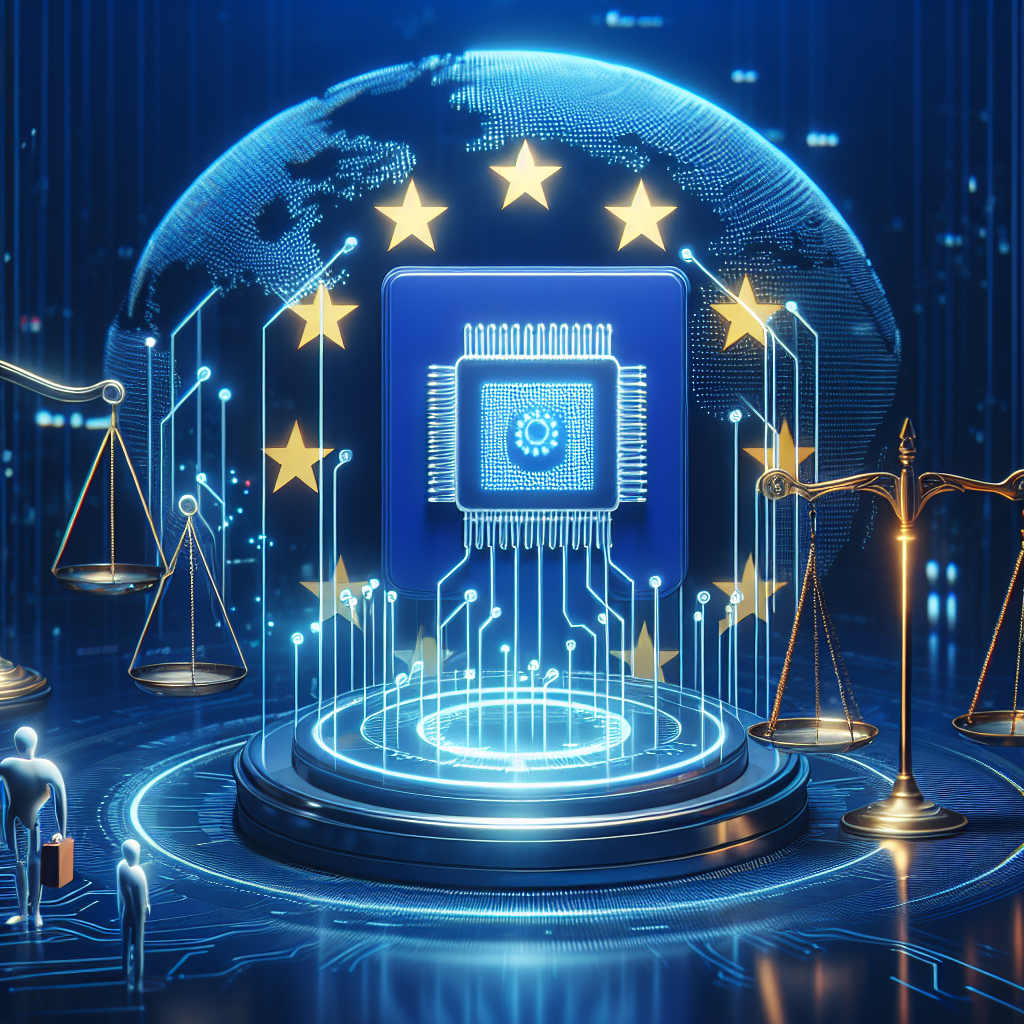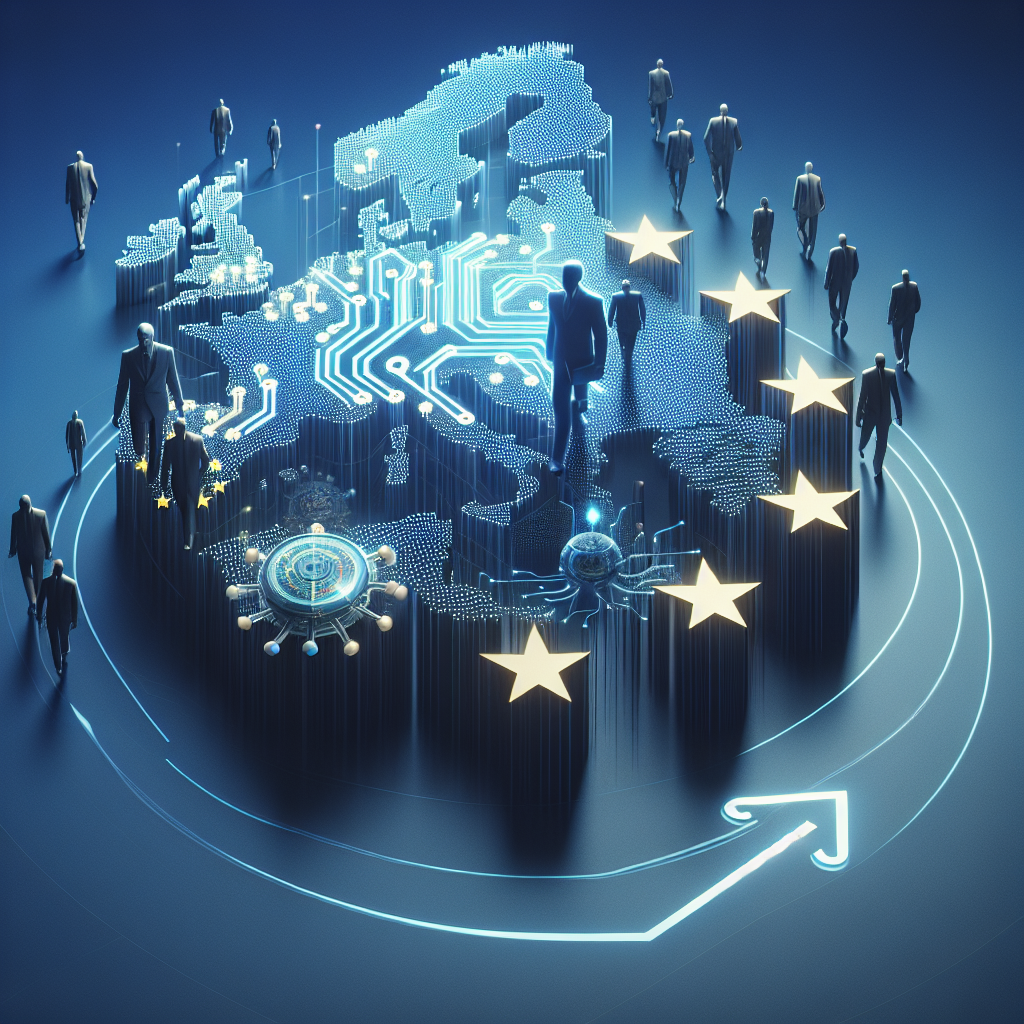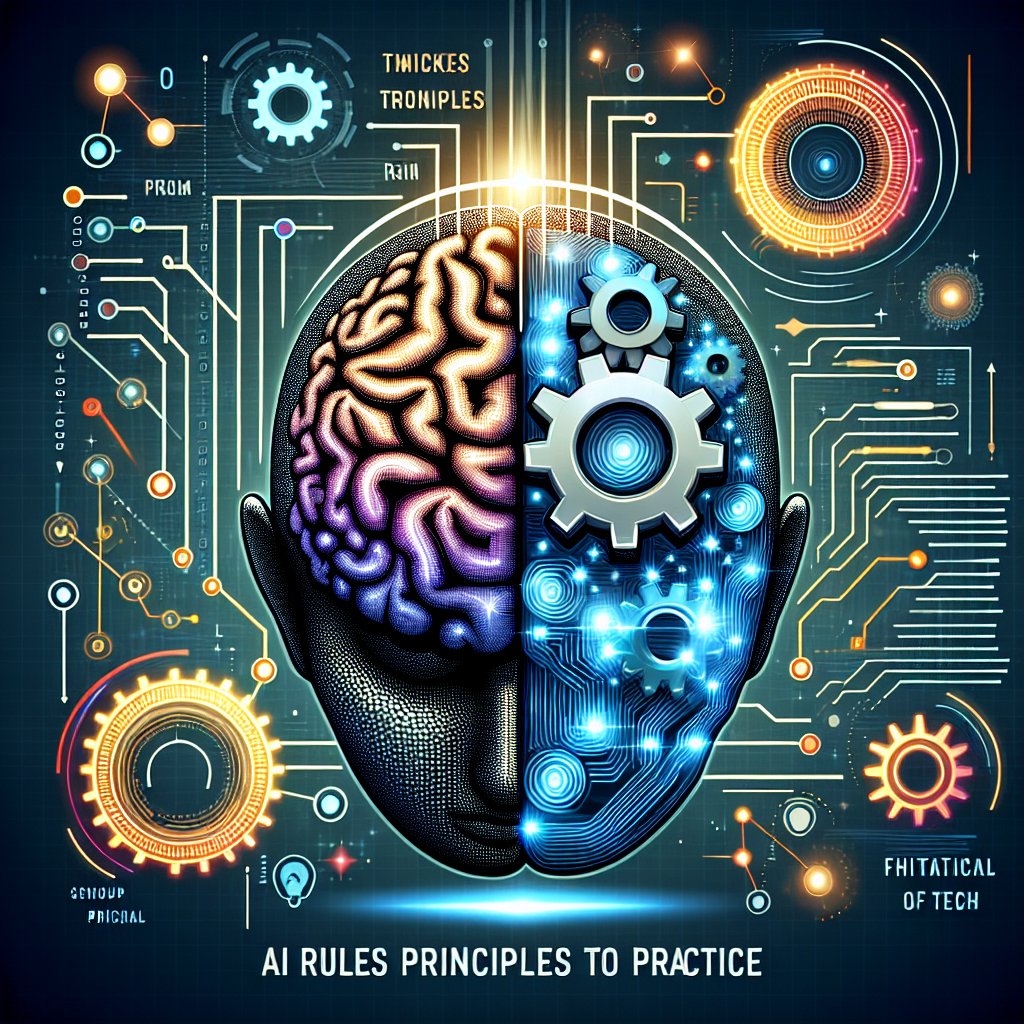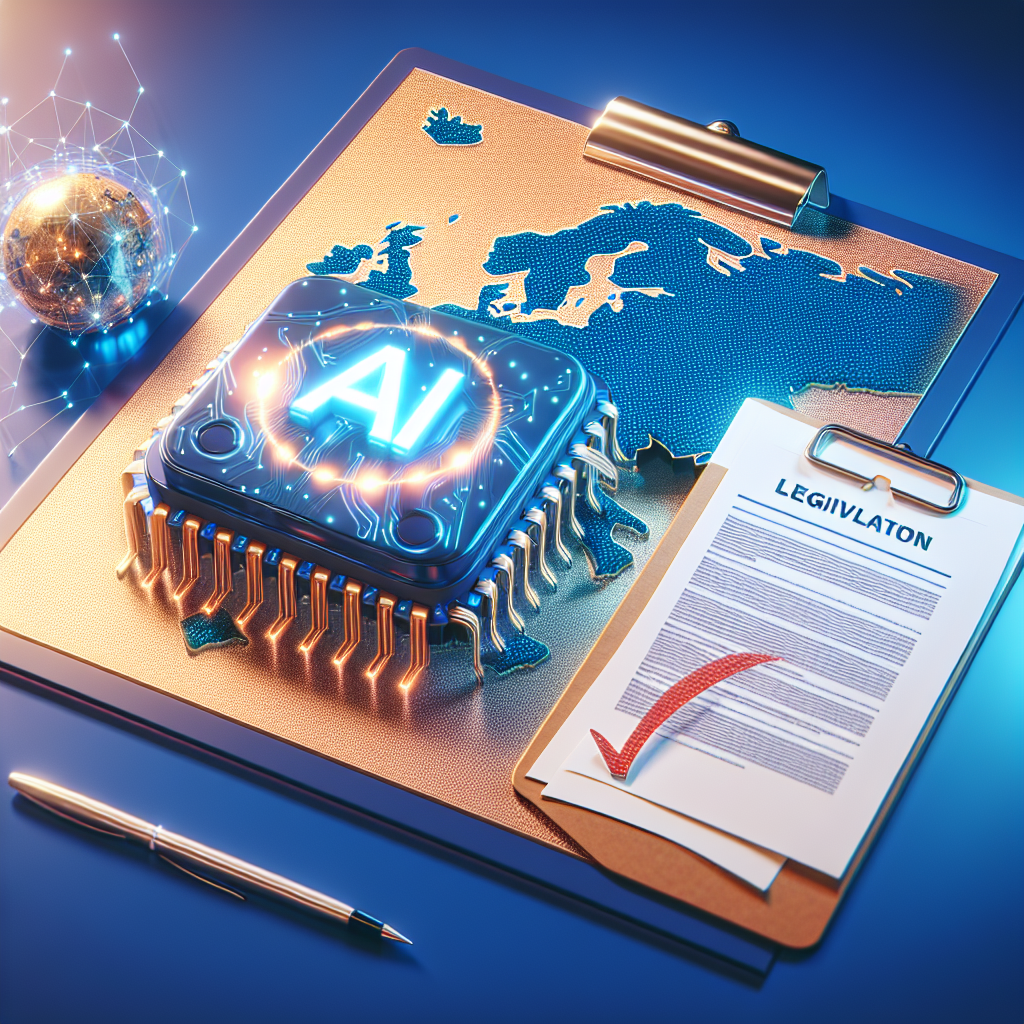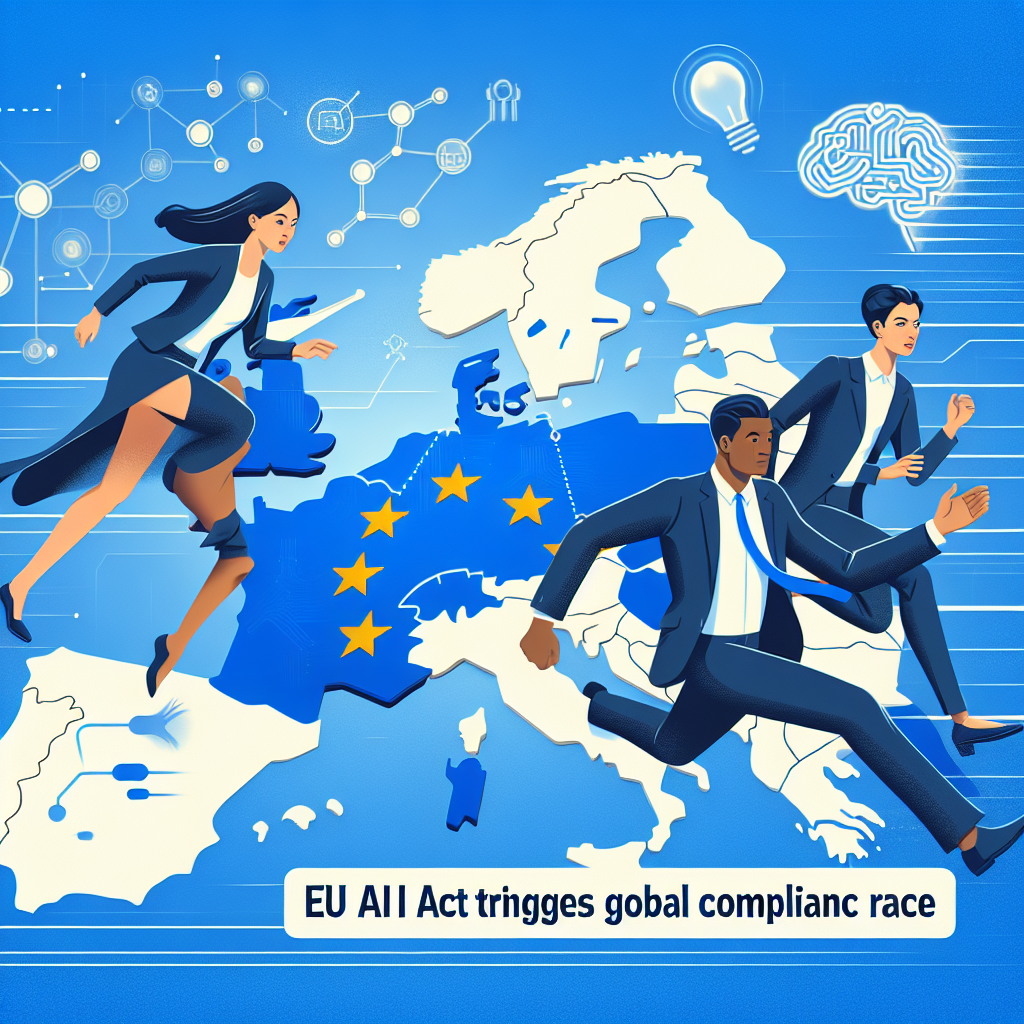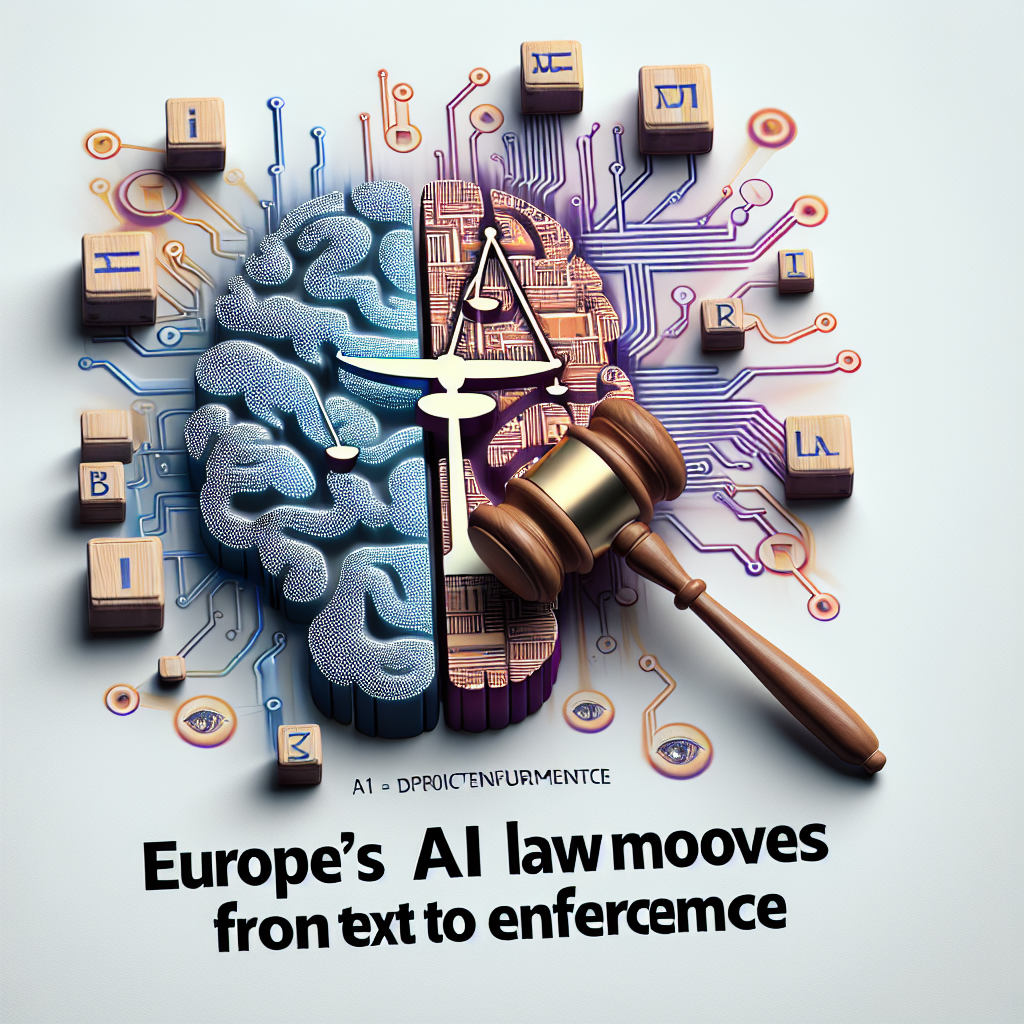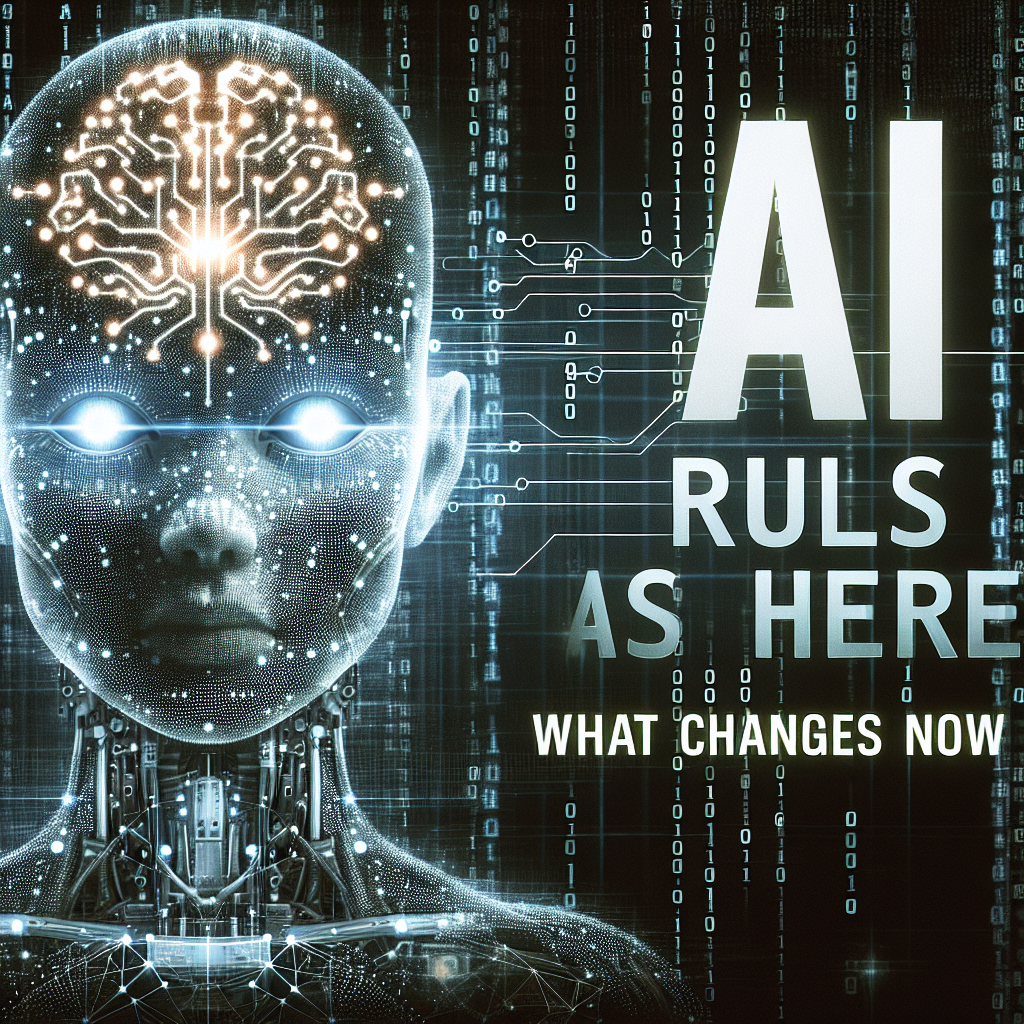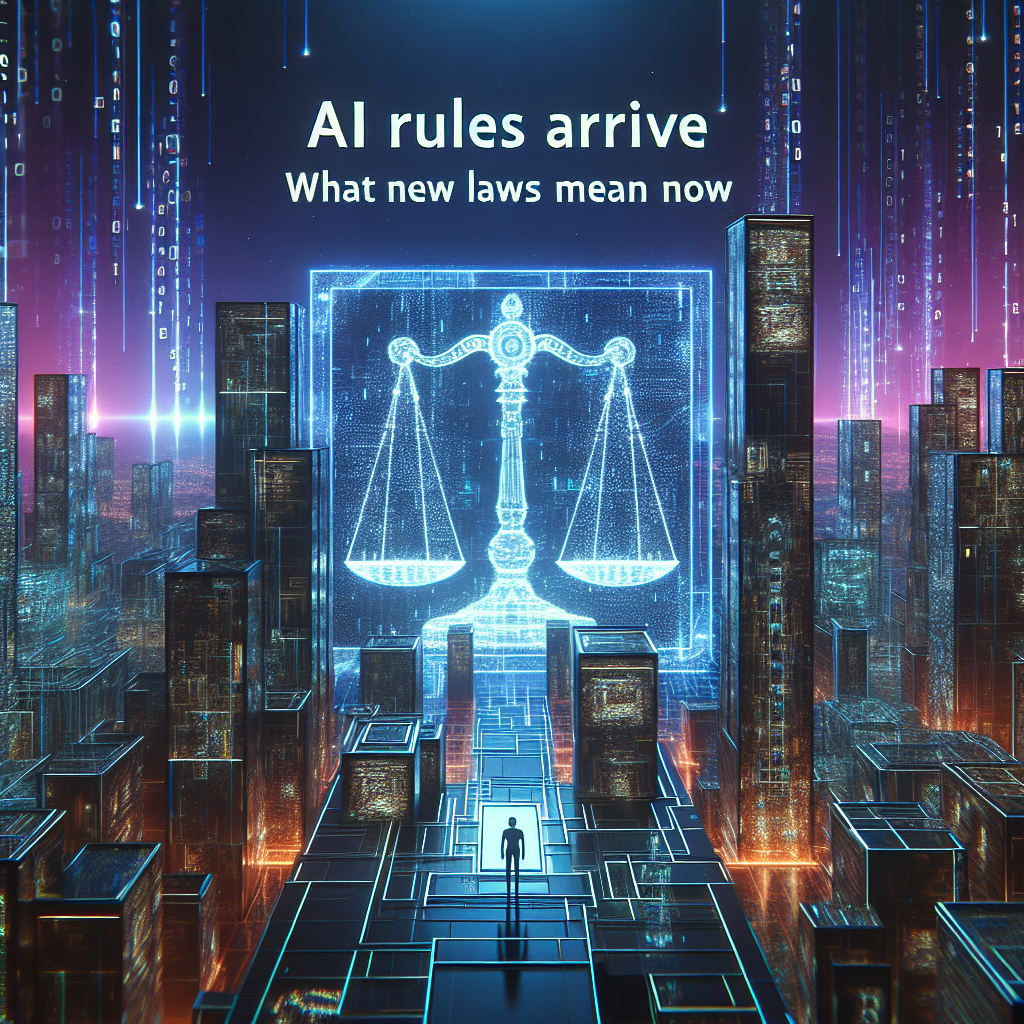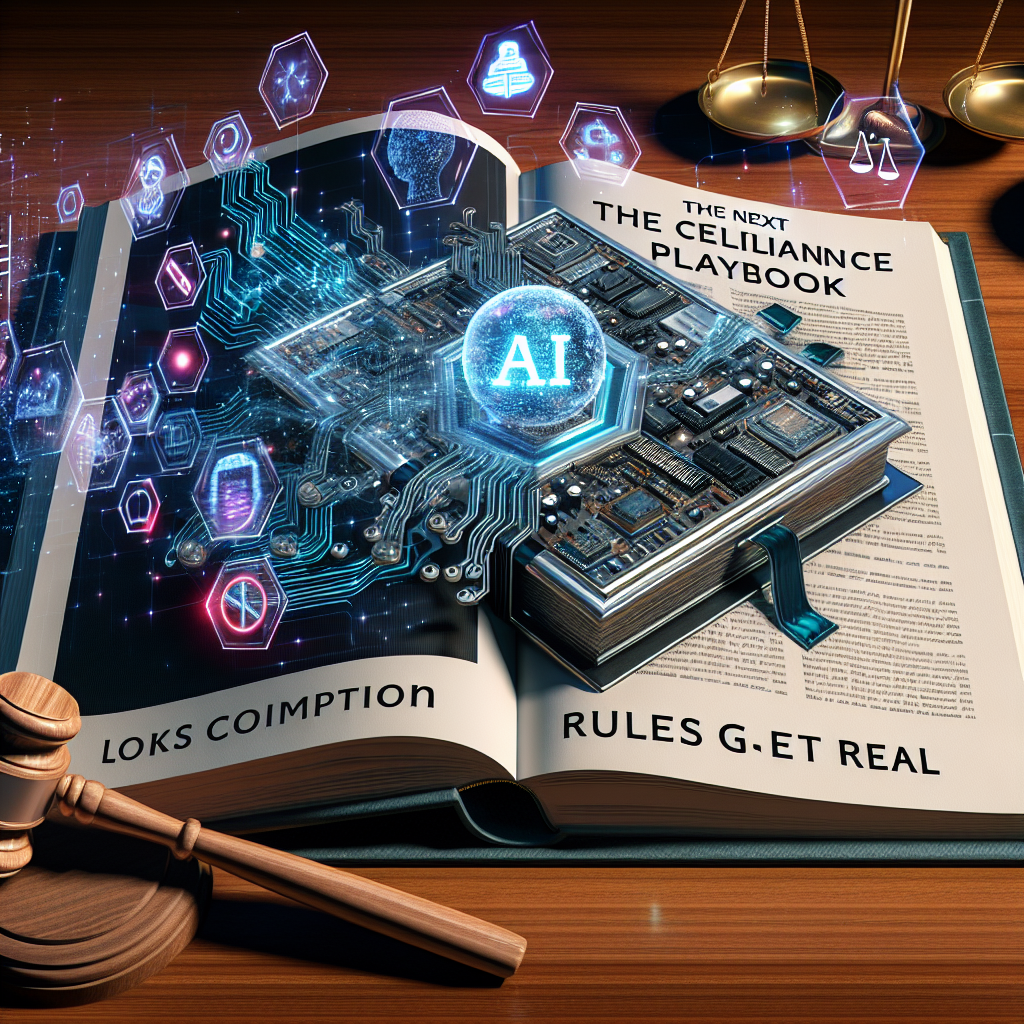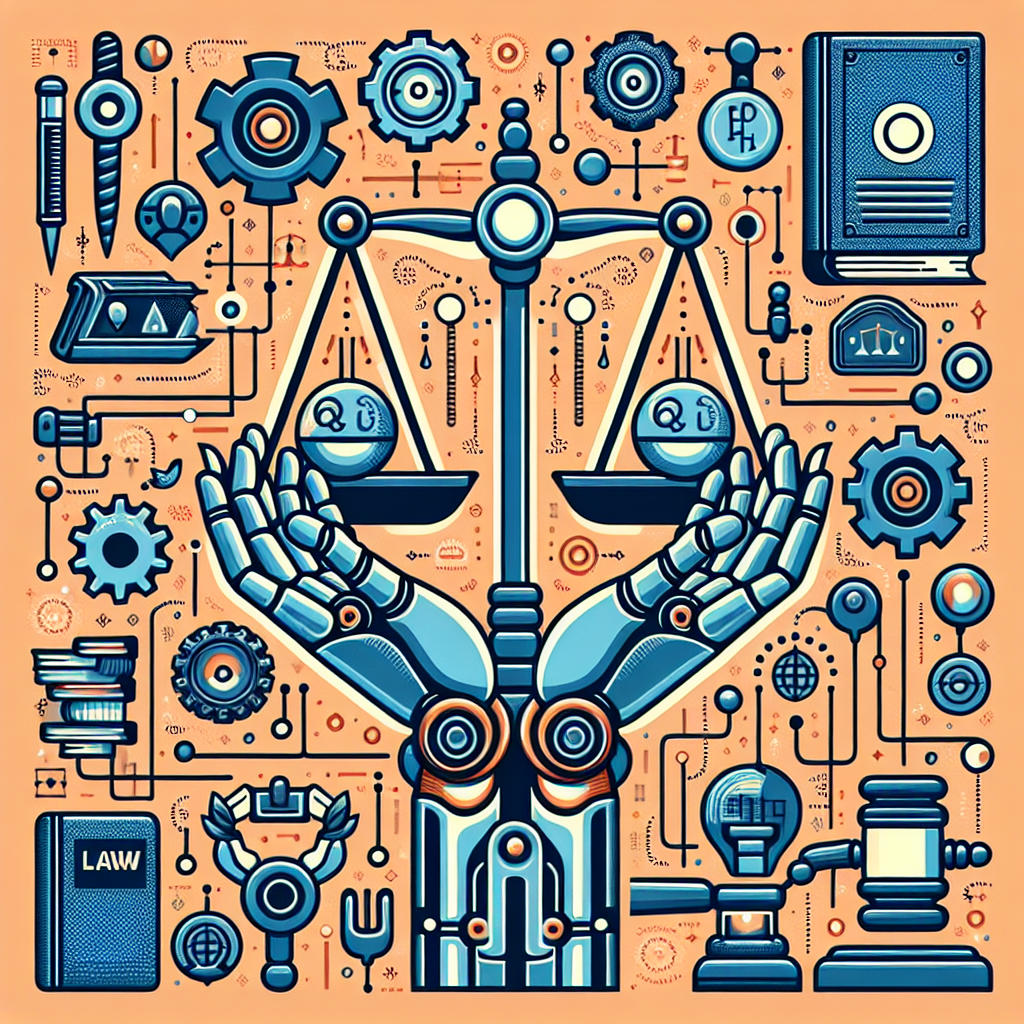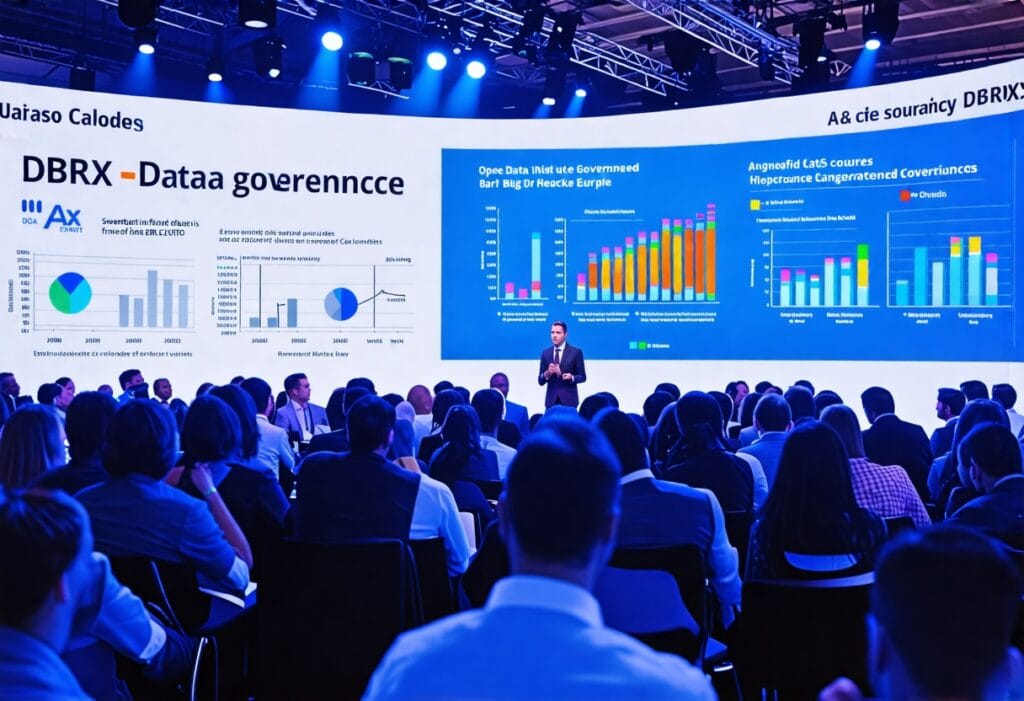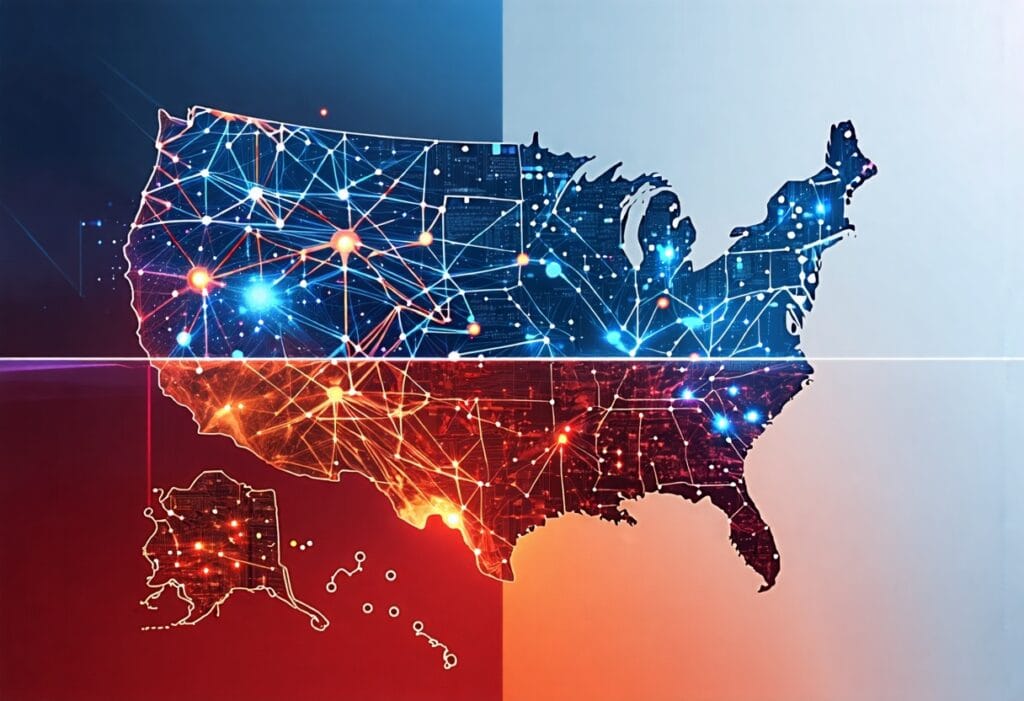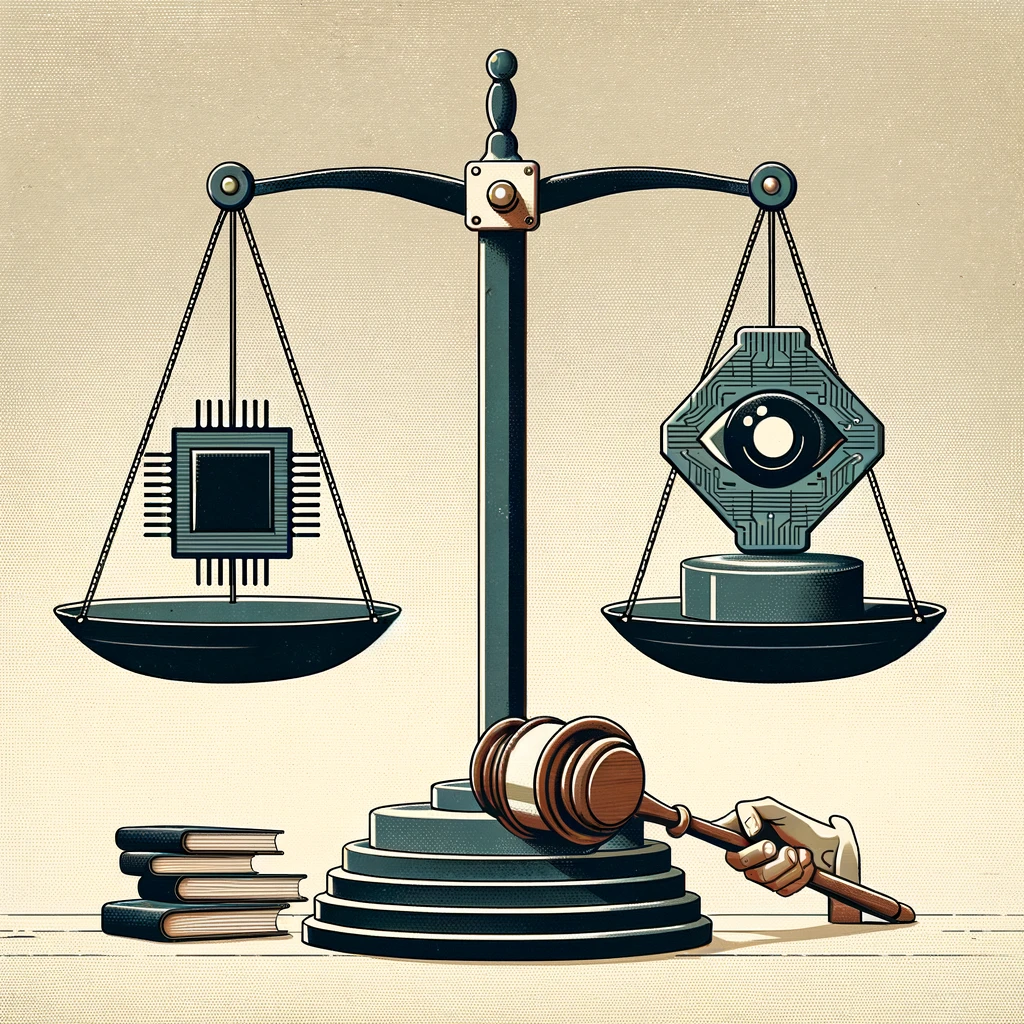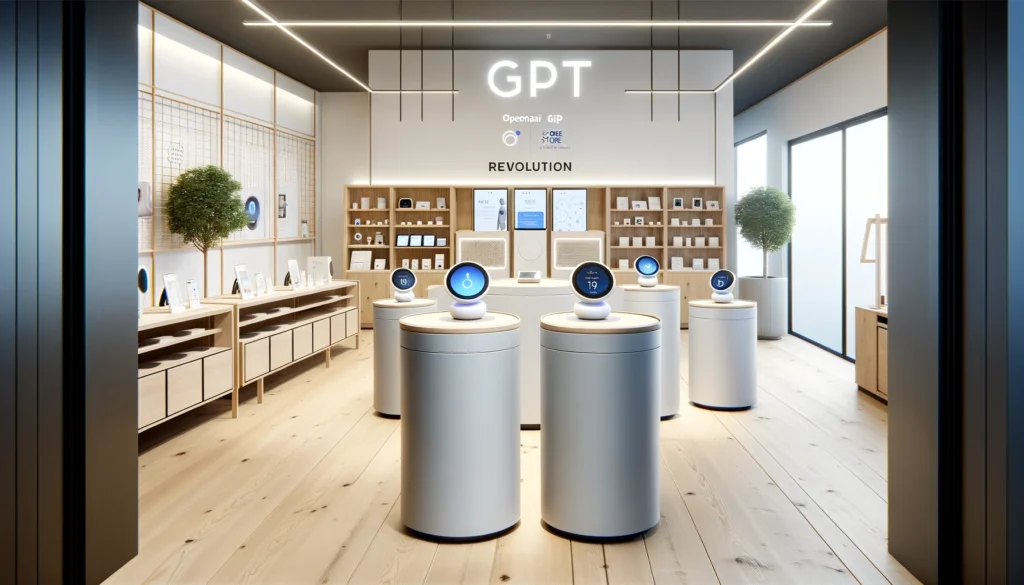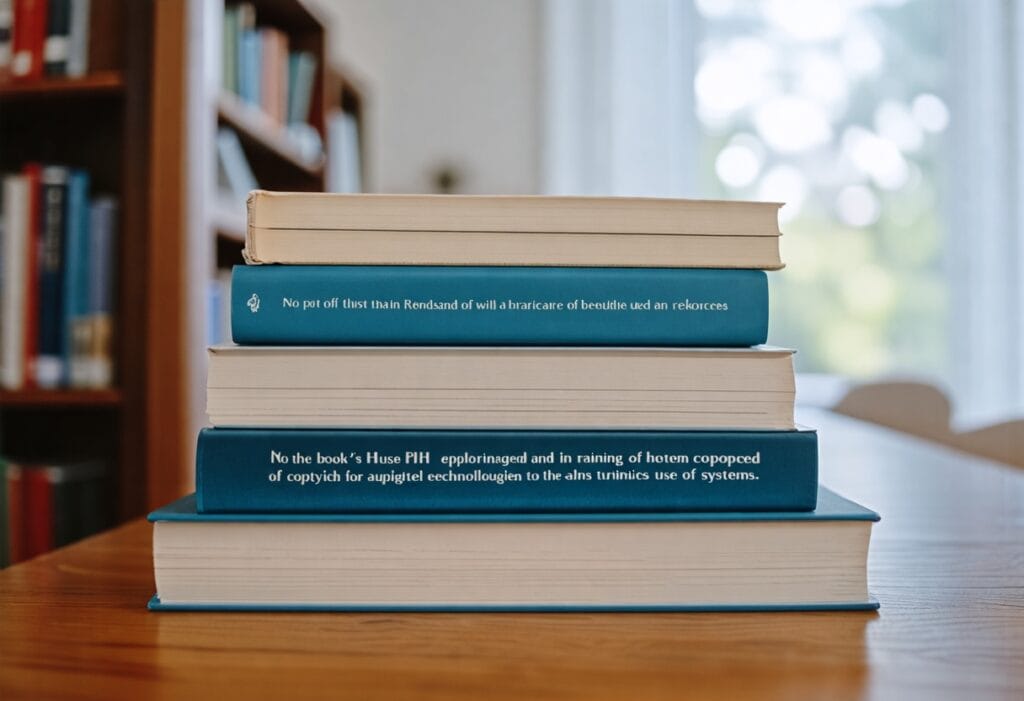AI Rules Are Arriving: What Changes Now

A turning point for AI oversight
Artificial intelligence systems are moving from labs and pilot projects into daily life. Governments are racing to keep up. In the past two years, lawmakers and regulators have shifted from broad pledges to concrete rules. The European Union has adopted the AI Act, the United States has issued an executive order and agency guidance, and the United Kingdom and South Korea have convened global safety summits. China has set binding rules for generative AI services. Businesses now face a new reality: compliance is no longer optional, and accountability is becoming an operational requirement.
What the new rules do
Policy responses vary by country, but a common playbook is emerging. It focuses on testing, transparency, and clear responsibility for harms.
- European Union: The EU AI Act is the first comprehensive law of its kind. It takes a risk-based approach, setting tighter duties for higher-risk uses such as hiring tools or critical infrastructure. It bans a narrow set of practices, including certain forms of social scoring. General-purpose AI (GPAI) developers face documentation and disclosure duties. The law phases in over several years, with different timelines for prohibited uses, high‑risk systems, and general‑purpose models.
- United States: In 2023 the White House issued an Executive Order on Safe, Secure, and Trustworthy AI. It directs federal agencies to develop safety testing, protect privacy, and support innovation and competition. The National Institute of Standards and Technology (NIST) has published the AI Risk Management Framework, a voluntary guide to building “trustworthy AI”. In 2024, the Office of Management and Budget instructed federal agencies to inventory AI uses, appoint Chief AI Officers, and manage risks before deployment.
- United Kingdom and partners: The UK launched an AI Safety Institute in 2023 and hosted the Bletchley Park summit that produced the Bletchley Declaration on AI safety. A follow‑up meeting in Seoul in 2024 drew governments and companies to expand evaluations of frontier models and share best practices.
- China: The Cyberspace Administration of China enacted interim measures for generative AI services in 2023. Providers must register, label AI‑generated content, protect personal data, and ensure training data aligns with Chinese law.
Across these regimes, authorities emphasize governance of high-impact uses rather than broad bans. They also seek to coordinate standards so that compliance in one market can be recognized in another.
What companies will need to show
For developers and deployers, the trend is toward robust documentation and testing. The details differ, but the checklists look similar.
- System documentation: Technical files that explain model purpose, training data sources (at a high level), capabilities, and known limitations. Many policies expect model cards or system cards to summarize this for users.
- Risk management: Processes to identify, assess, and mitigate risks across the AI lifecycle. NIST’s framework calls for practices that are valid and reliable, safe, secure and resilient, accountable and transparent, privacy-enhanced, and fair.
- Evaluation and red‑teaming: Evidence of pre‑deployment testing for bias, security vulnerabilities, misuse potential, and performance under stress. Independent assessments carry weight.
- Human oversight: Clear roles for human review, with escalation paths and the ability to override automated decisions.
- Transparency to users: Disclosures that a system is AI‑enabled, guidance on appropriate use, and, where required, content provenance or watermarking for synthetic media.
- Incident response: Procedures to monitor, log, and respond to failures or misuse, including obligations to report serious incidents to authorities in some jurisdictions.
Large technology firms have already built internal compliance teams. The challenge now reaches startups and small enterprises. They must implement controls without losing speed. New certifications, such as ISO/IEC 42001 for AI management systems, aim to provide a structured path.
Why this is happening now
The pivot to binding rules reflects both rapid technical progress and public concern. Generative models can draft code, produce realistic images, and summarize complex data. They also raise risks, from biased outcomes to security exploits and synthetic media. Regulators worry about safety, consumer protection, and market power.
Industry leaders have also called for action. “We think that regulatory intervention by governments will be critical to mitigate the risks of increasingly powerful models,” OpenAI’s CEO Sam Altman told U.S. senators in May 2023. He also said he was “a little bit scared” of potential misuse. Years earlier, AI pioneer Andrew Ng framed the upside succinctly: “AI is the new electricity,” emphasizing the technology’s broad utility across sectors. Those two sentiments—promise and caution—now shape policy design.
Supporters and skeptics
Supporters of the new rules say guardrails can build trust and reduce harms without stopping innovation. Civil society groups argue that clear duties on testing and transparency protect rights, especially when AI affects jobs, housing, healthcare, or law enforcement. They point to past failures—unfair screening tools or opaque scoring systems—as evidence that voluntary measures were not enough.
Industry voices are split. Many large developers endorse evaluations and incident reporting, noting they already perform red‑teaming. They seek clarity on what counts as sufficient testing and how to prove compliance across jurisdictions. Open‑source communities and small firms warn that overly broad rules could lock in incumbents and chill research. They ask for proportionate obligations that target actual risk rather than model size alone.
Global coordination and the standards layer
Governments are trying to reduce fragmentation by aligning on technical standards. NIST’s AI Risk Management Framework has become a reference beyond the U.S. Standards bodies, including ISO and IEC, are drafting methods for robustness, security, and transparency reporting. The goal is simple: if a system meets a recognized standard, it should ease compliance in multiple markets.
Yet gaps remain. Methods for measuring bias or robustness can vary by domain. Emerging risks—like model-assisted cyberattacks or powerful synthetic media—evolve quickly. That keeps pressure on regulators to update guidance and on companies to maintain continuous assurance, not one-time tests.
What to watch next
- Enforcement capacity: New laws require new oversight bodies and expertise. Watch budgets, staffing, and early enforcement cases to see how rules will be applied in practice.
- General‑purpose AI duties: Disclosure, safety testing, and security expectations for frontier models are still being refined. Codes of practice and benchmarks for red‑teaming will set the bar.
- Open‑source carve‑outs: Policymakers are weighing how to treat open models used in high‑risk applications. Expect debates over who bears responsibility: model creators, deployers, or both.
- Content provenance: Standards for watermarking and digital signatures are advancing. Adoption by major platforms will affect the spread of AI‑generated media.
- Cross‑border data flows: AI development relies on global datasets and cloud infrastructure. Data protection rules and trade talks will influence how models are trained and deployed.
The bottom line
The era of broad promises about AI governance is giving way to specific obligations. For companies, that means documenting systems, testing them before release, and planning for problems when they occur. For the public, it means more transparency and clearer channels for redress when automated decisions go wrong. The technology will keep improving. So will the rules. The key question is execution: whether governments can enforce consistently and whether firms can build responsible AI without slowing useful progress. The answer will shape how widely—and safely—AI is used in the years ahead.


















